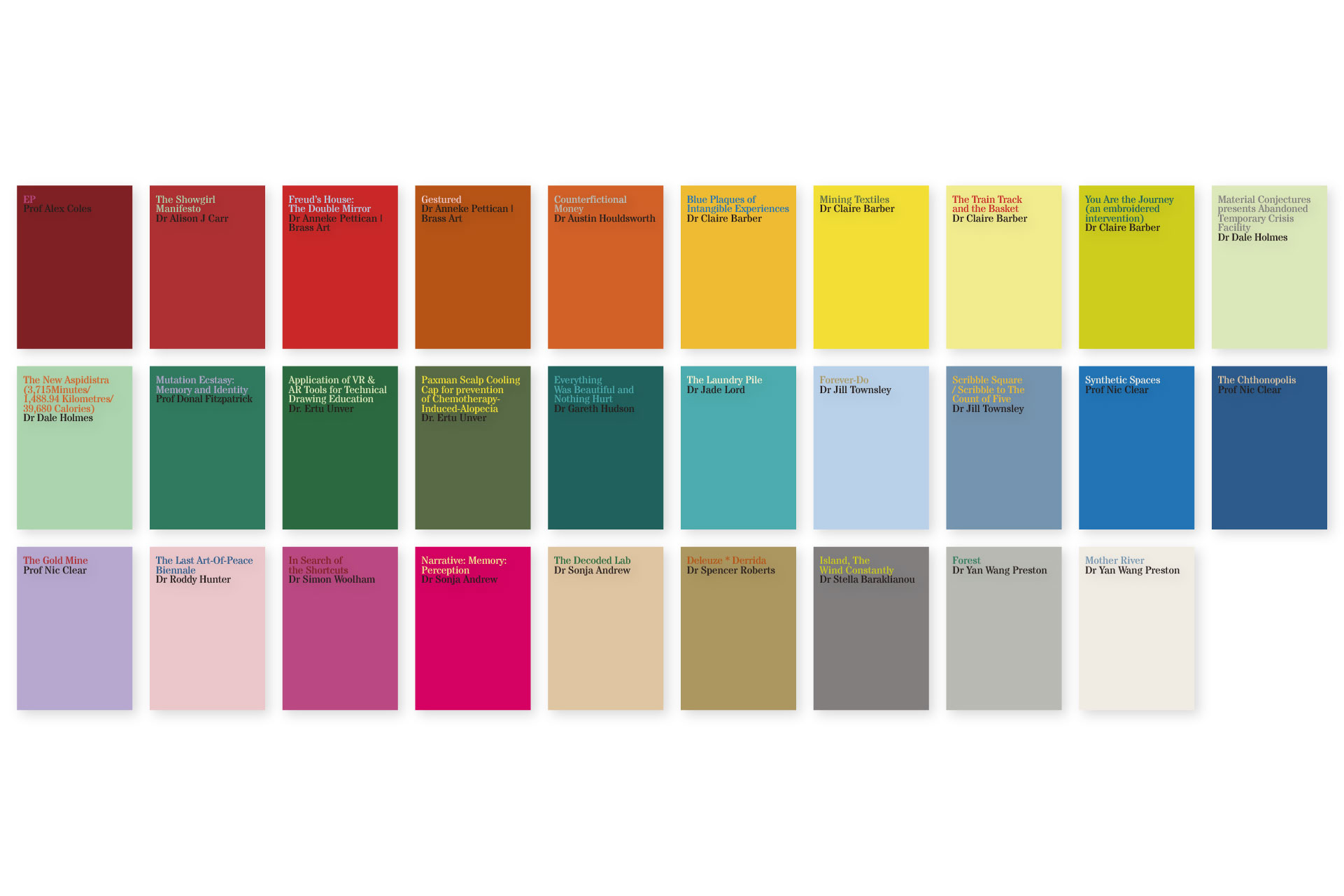
Research Folios
This collection of Research Folios represents some of the research through practice projects developed by academic staff in the Centre for Cultural Ecologies in Art, Design and Architecture and Innovative Design Lab.
The Research Folios present a rich and diverse range of approaches to practice research across contemporary art, architecture, product design, speculative design, textiles and photography.
Each folio can be downloaded providing details of each project, including the core research context, research methods and processes and research outcomes and dissemination.
The intention for this collection is to show the many ways in which research in the contexts of art, design and architecture may be realised. As an online and open access platform it is freely available to all.
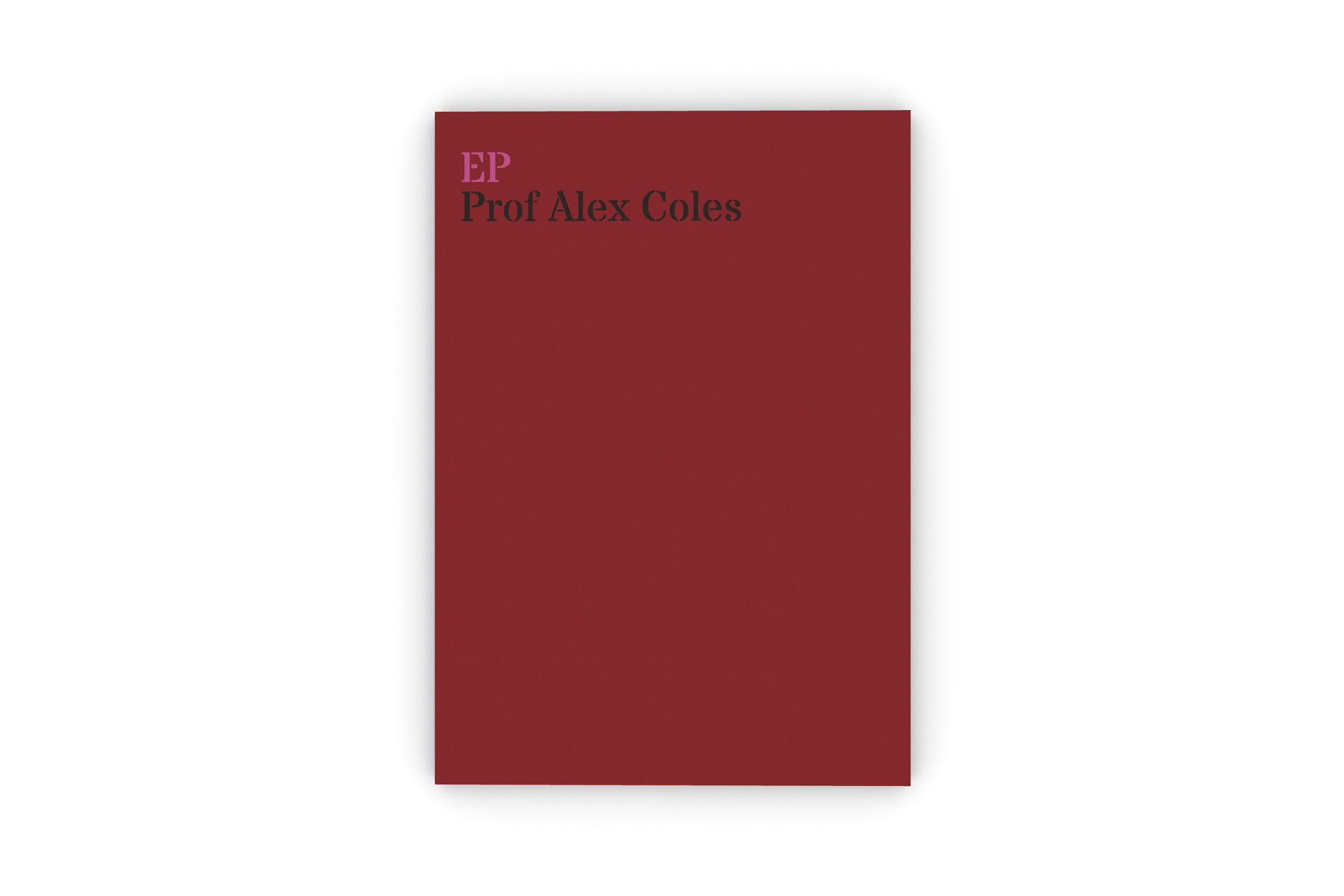
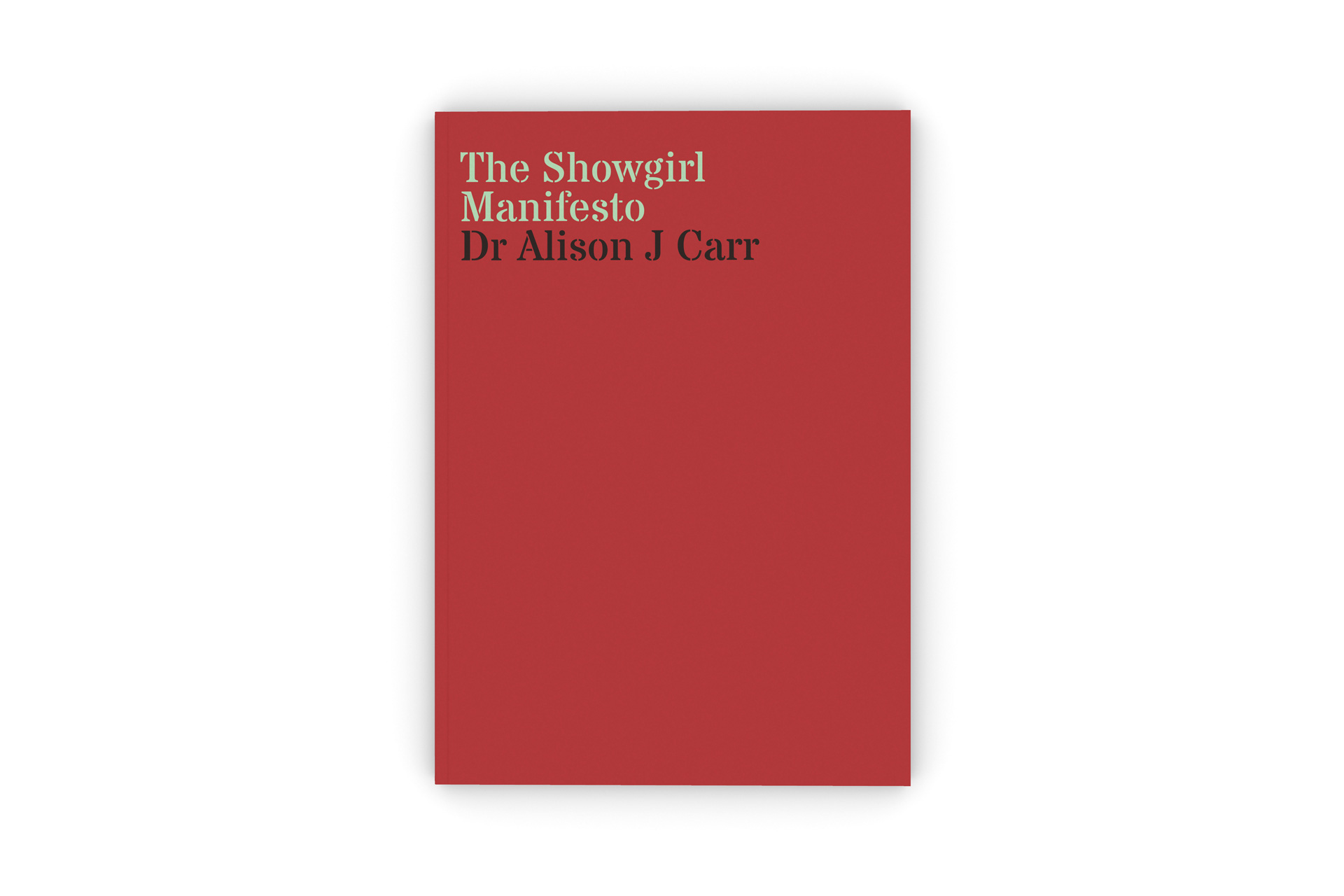
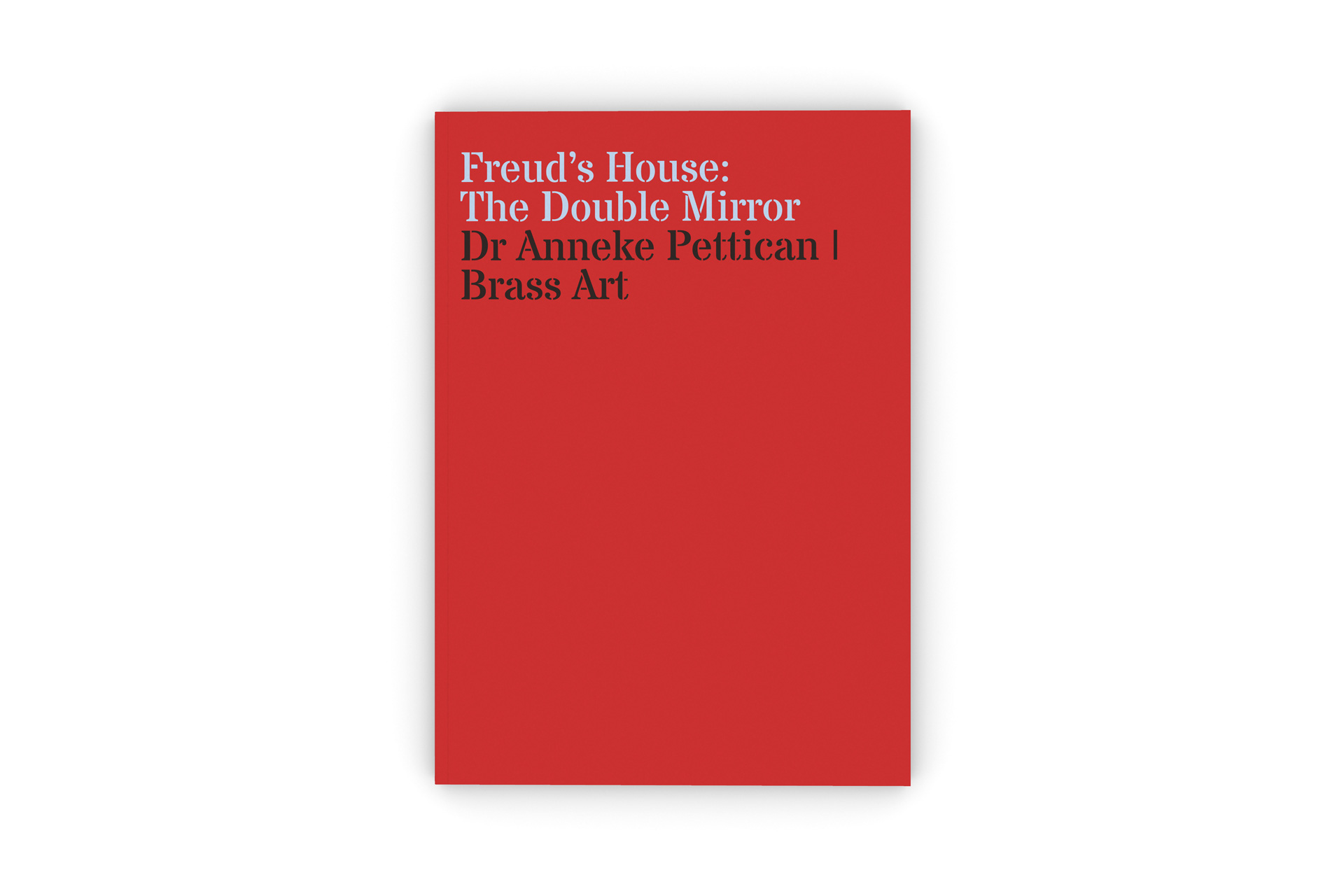

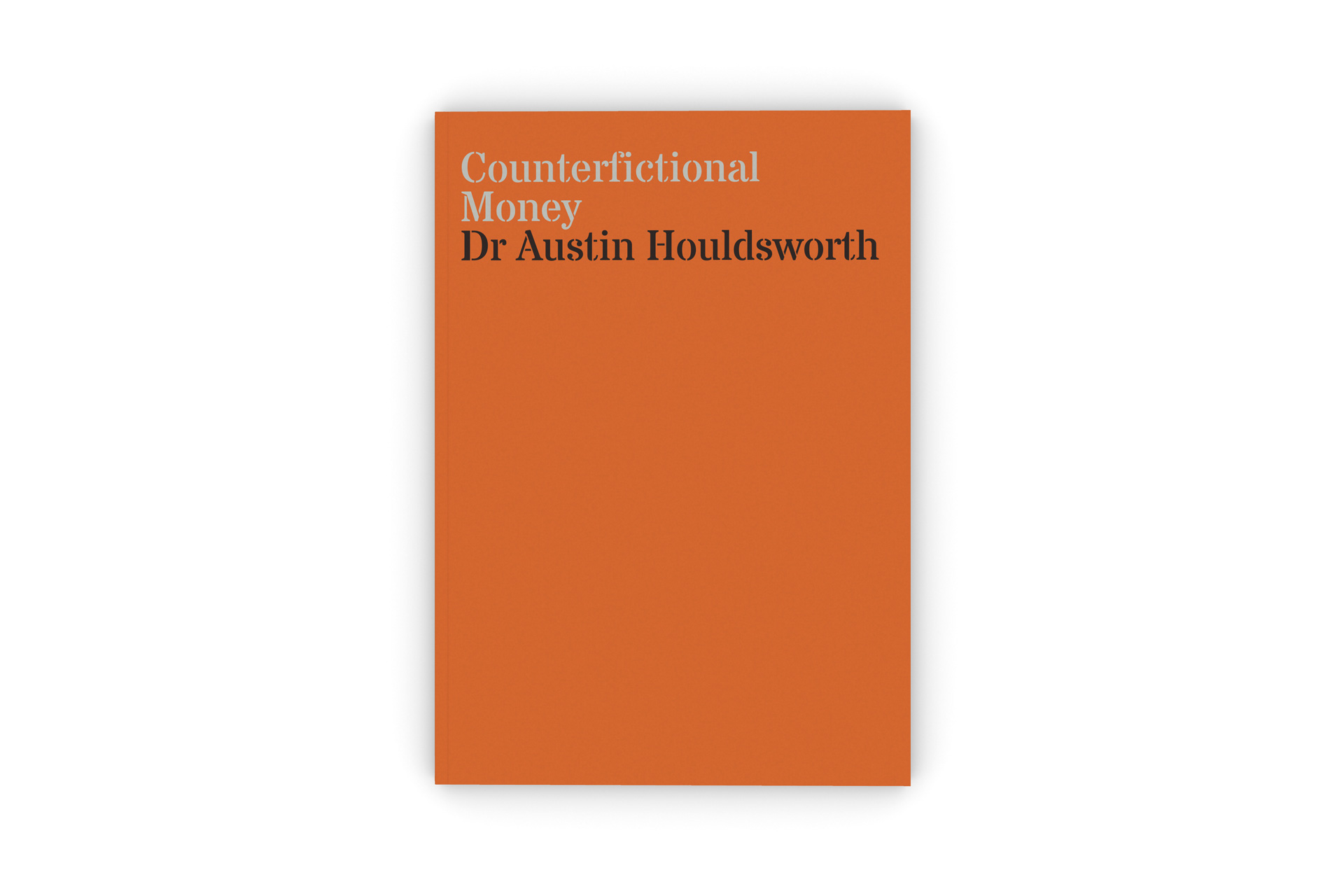
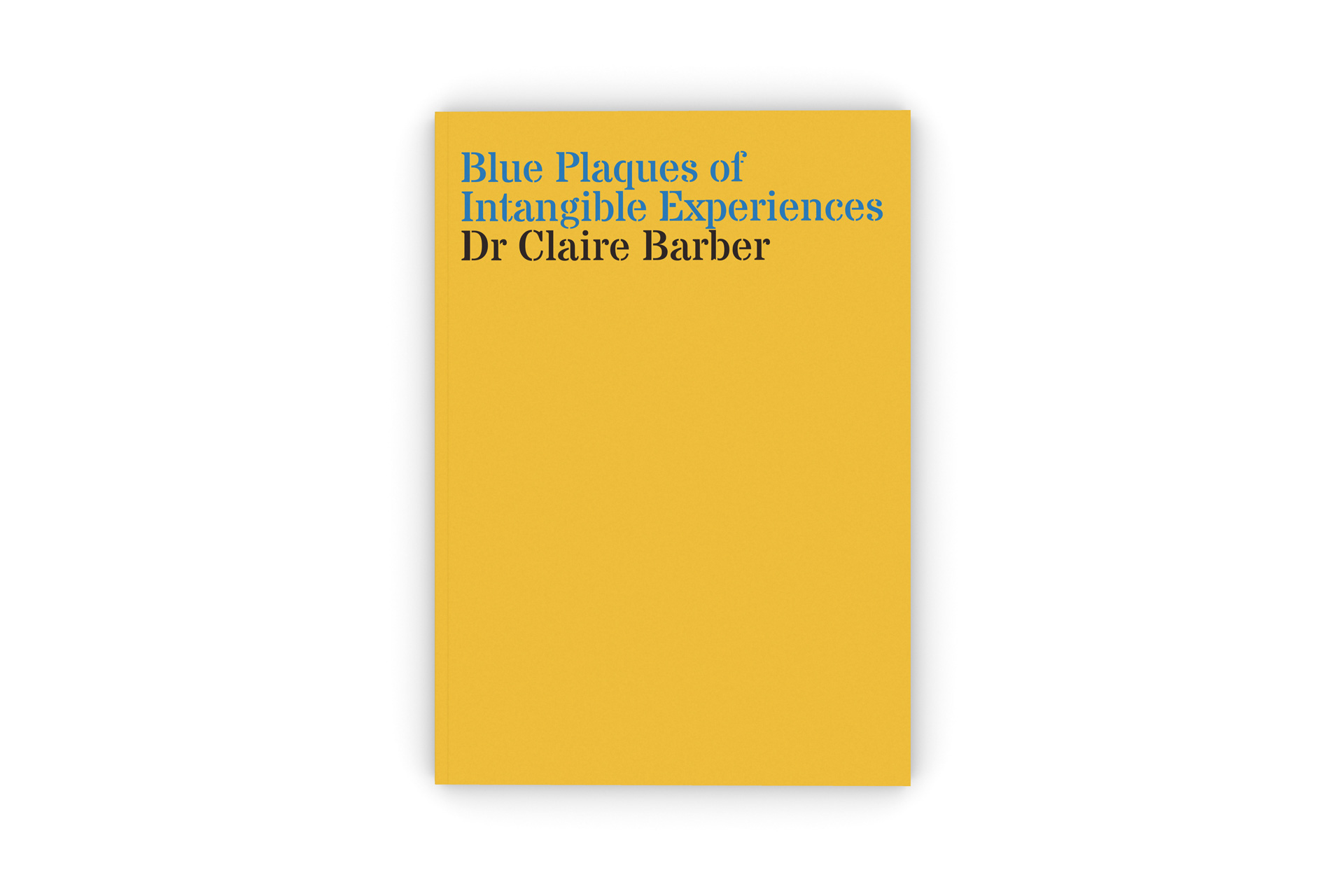

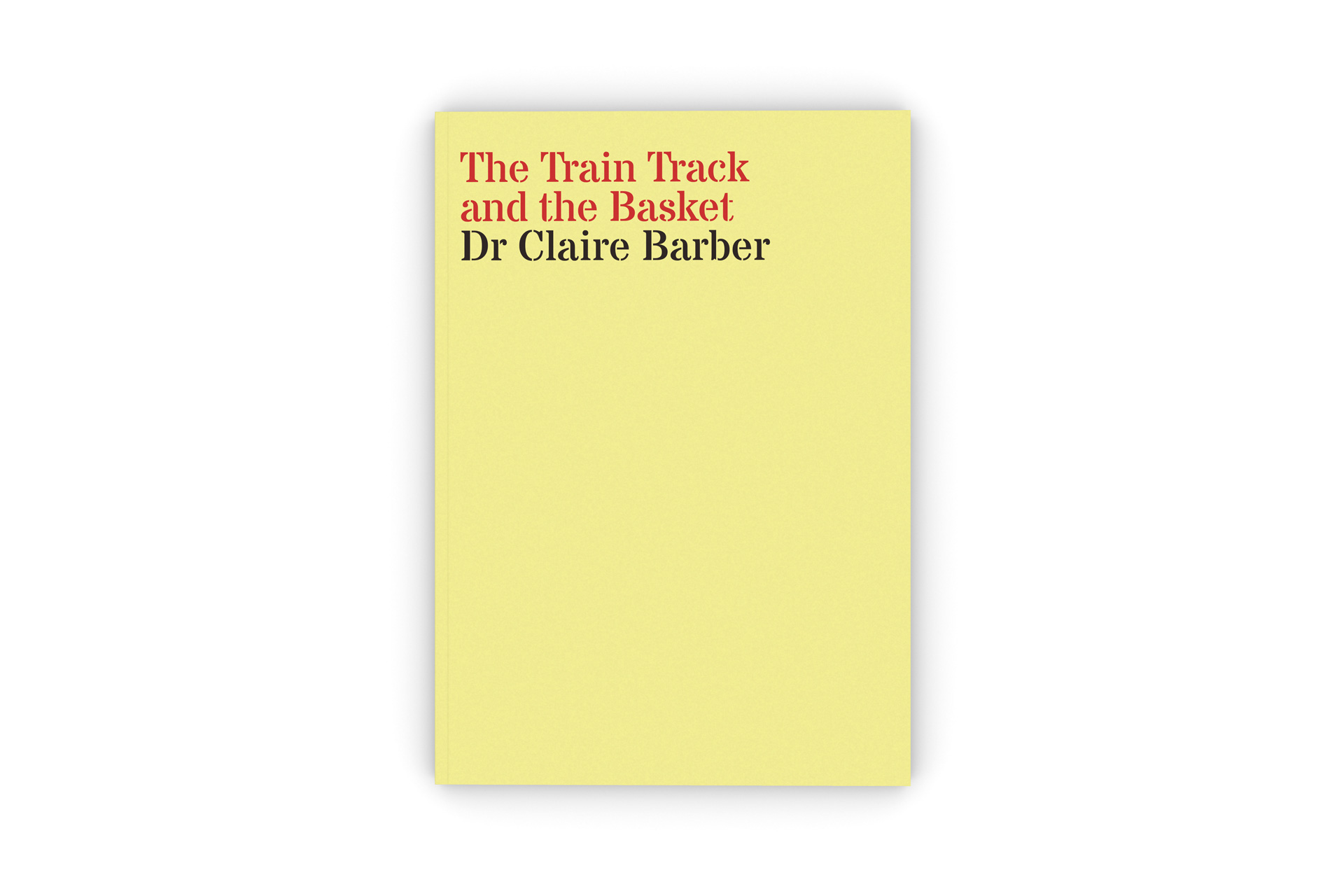
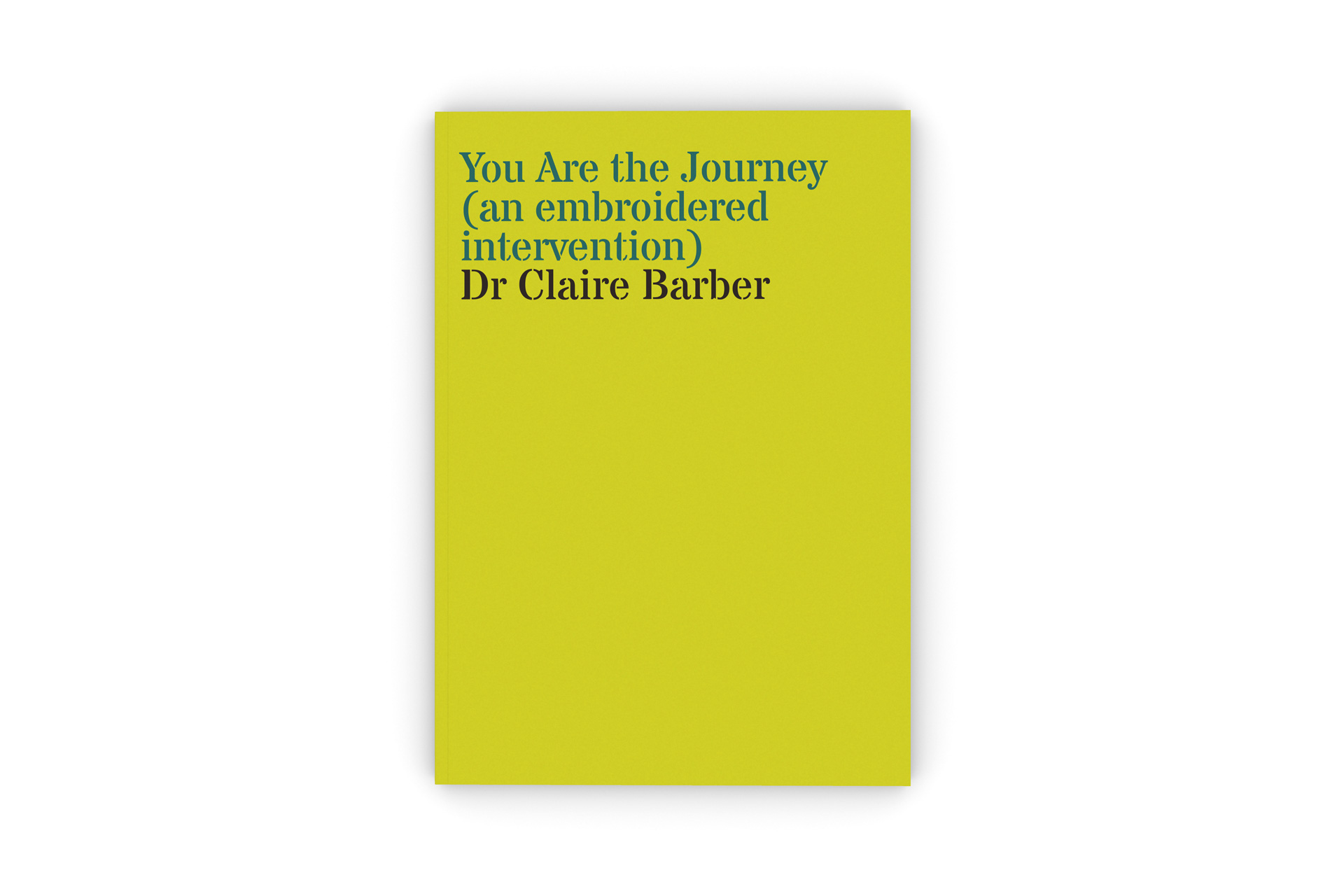
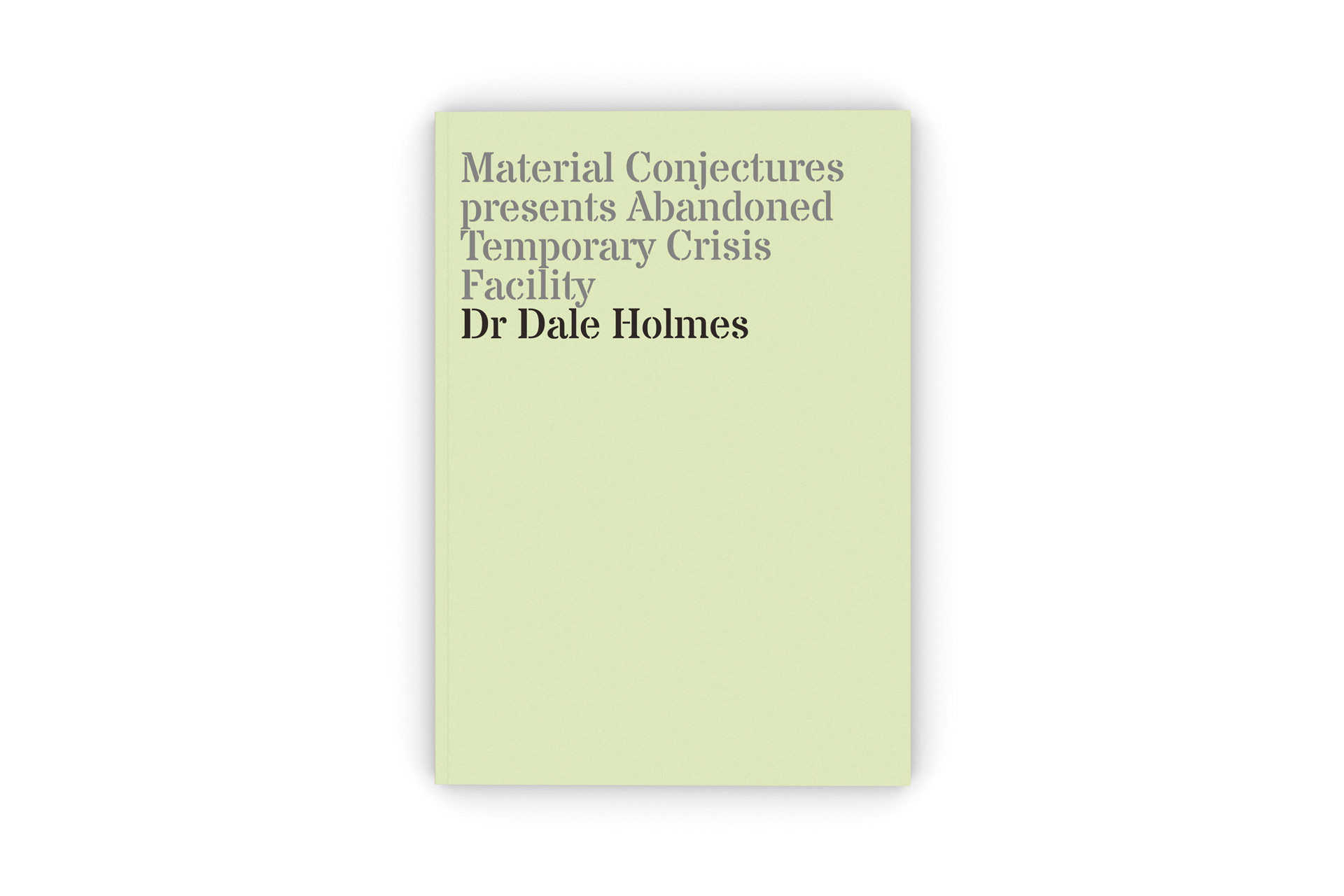
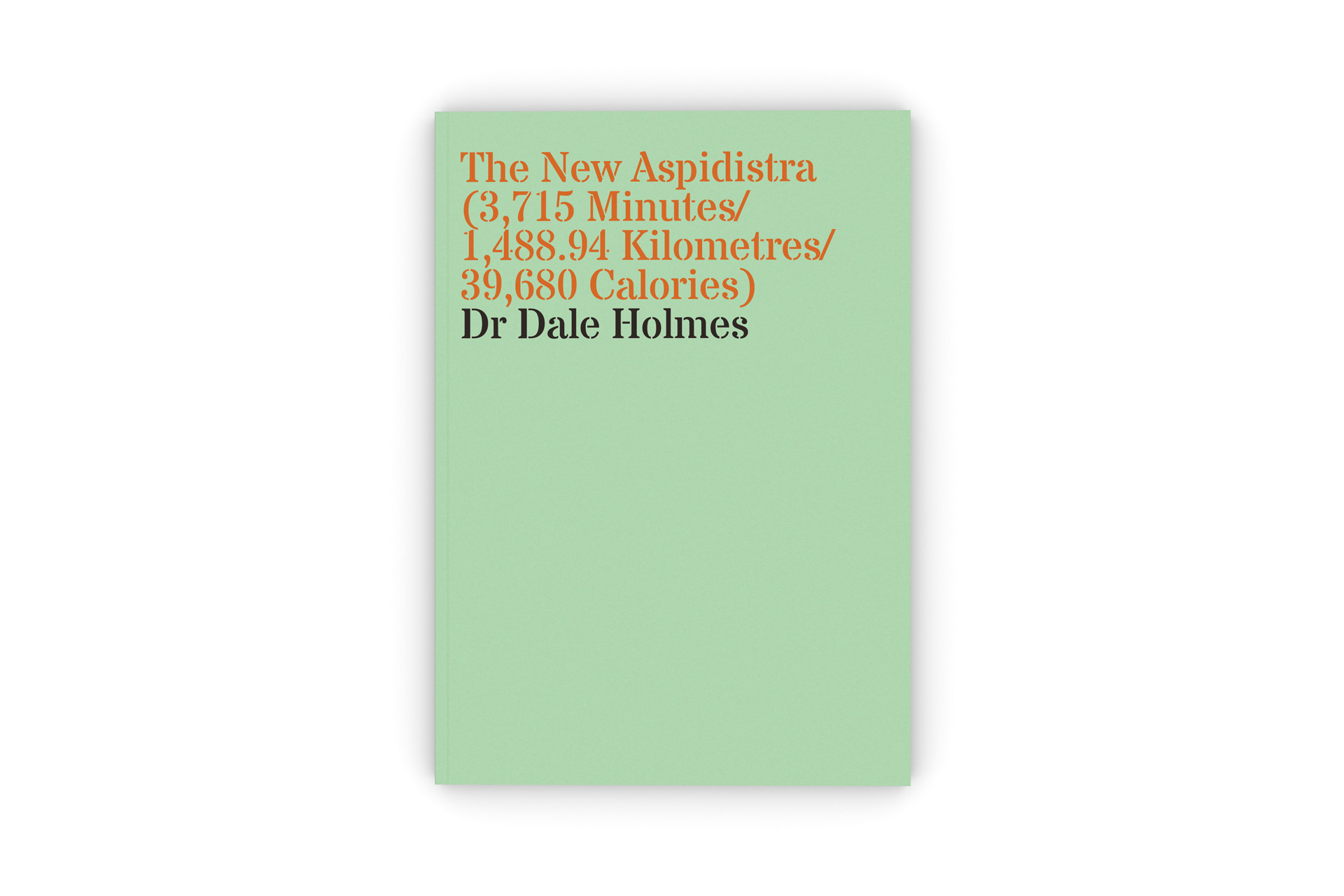

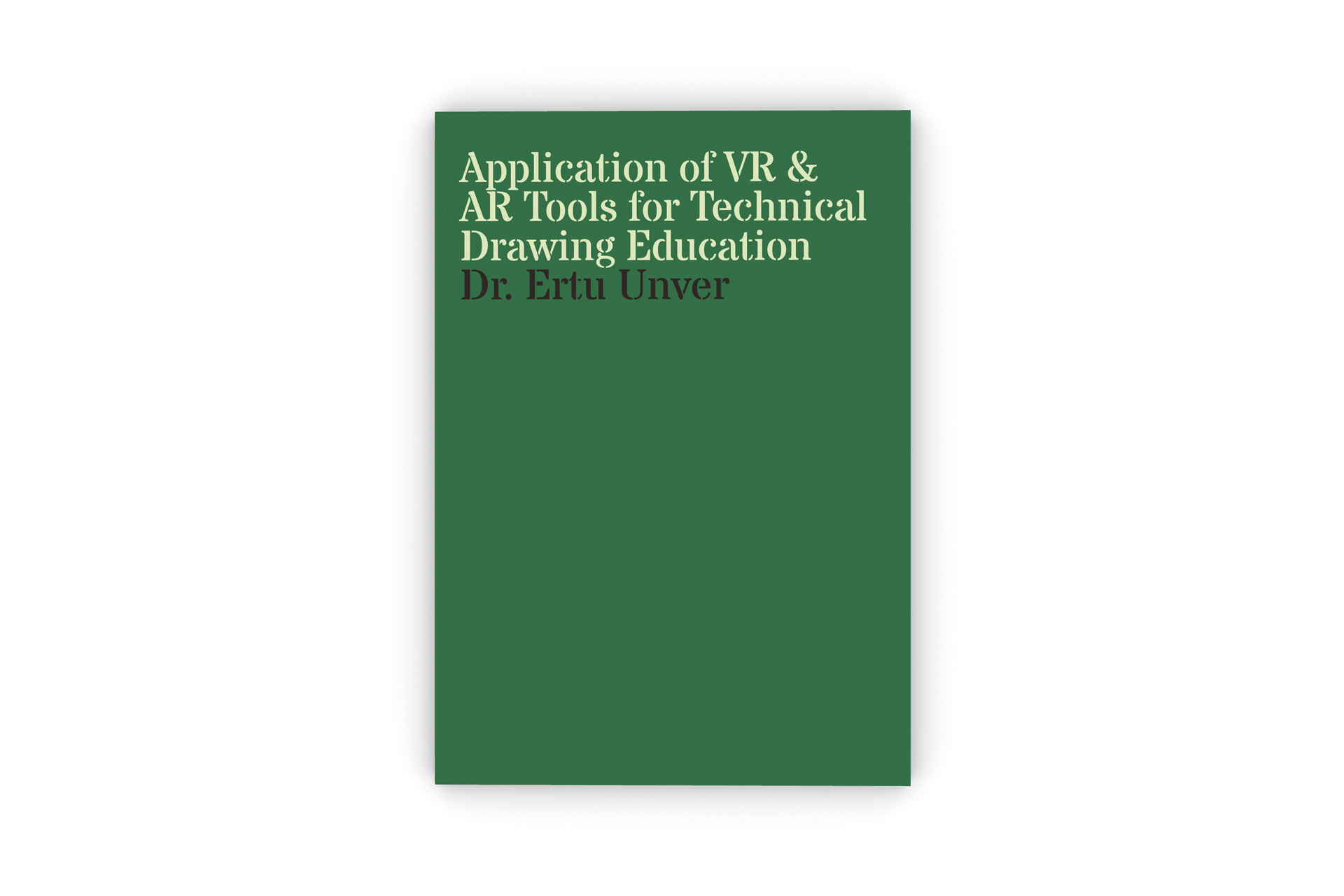
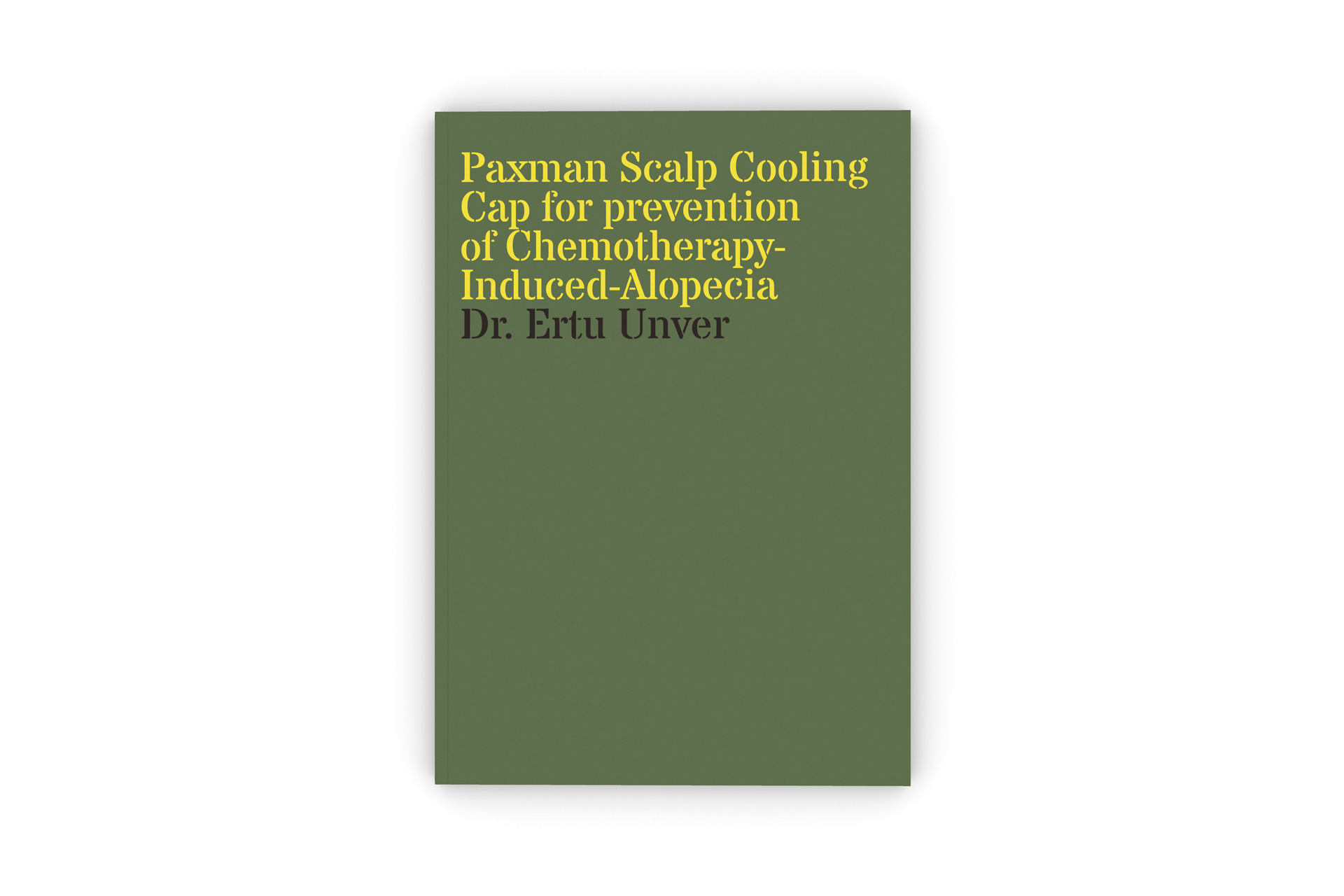
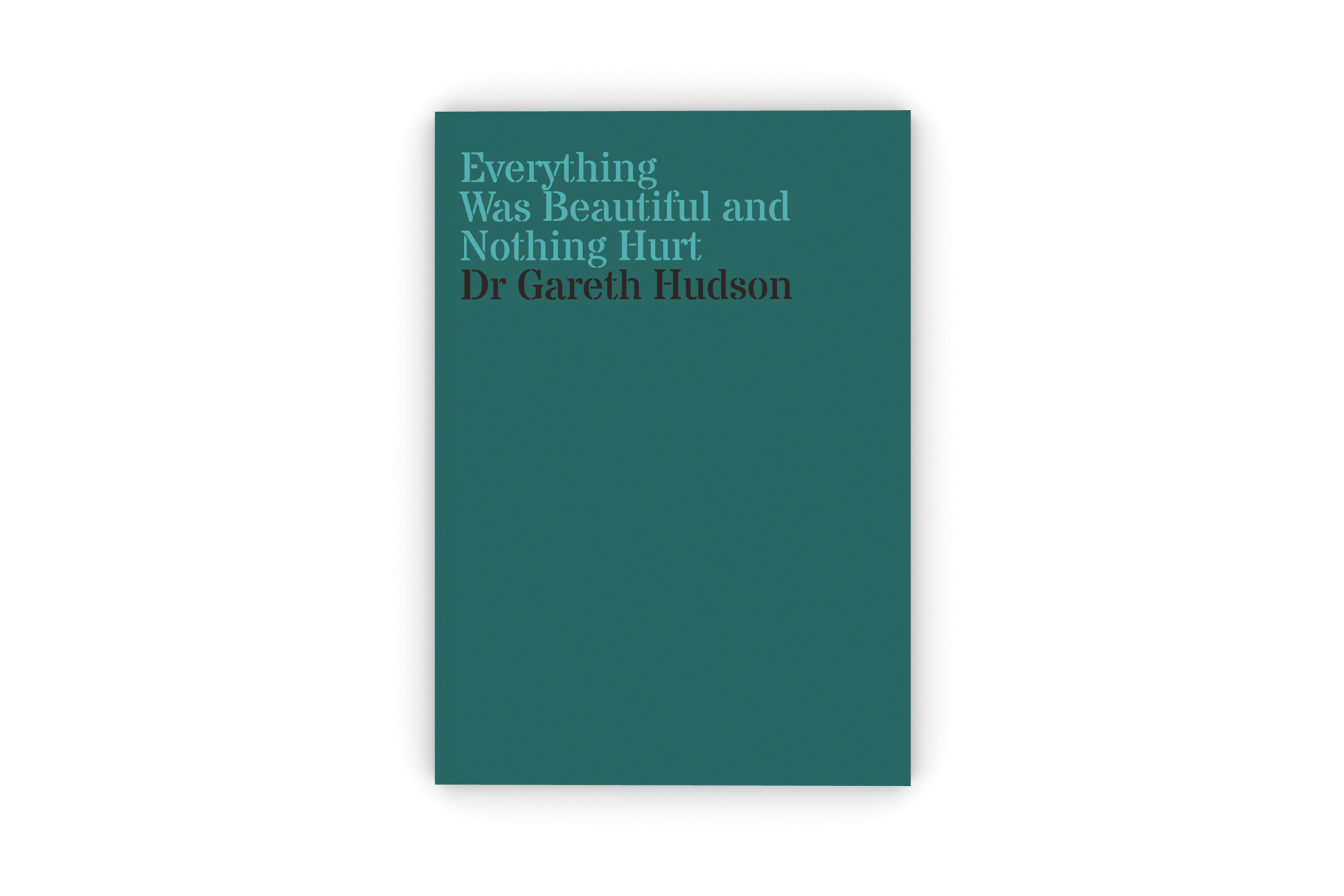
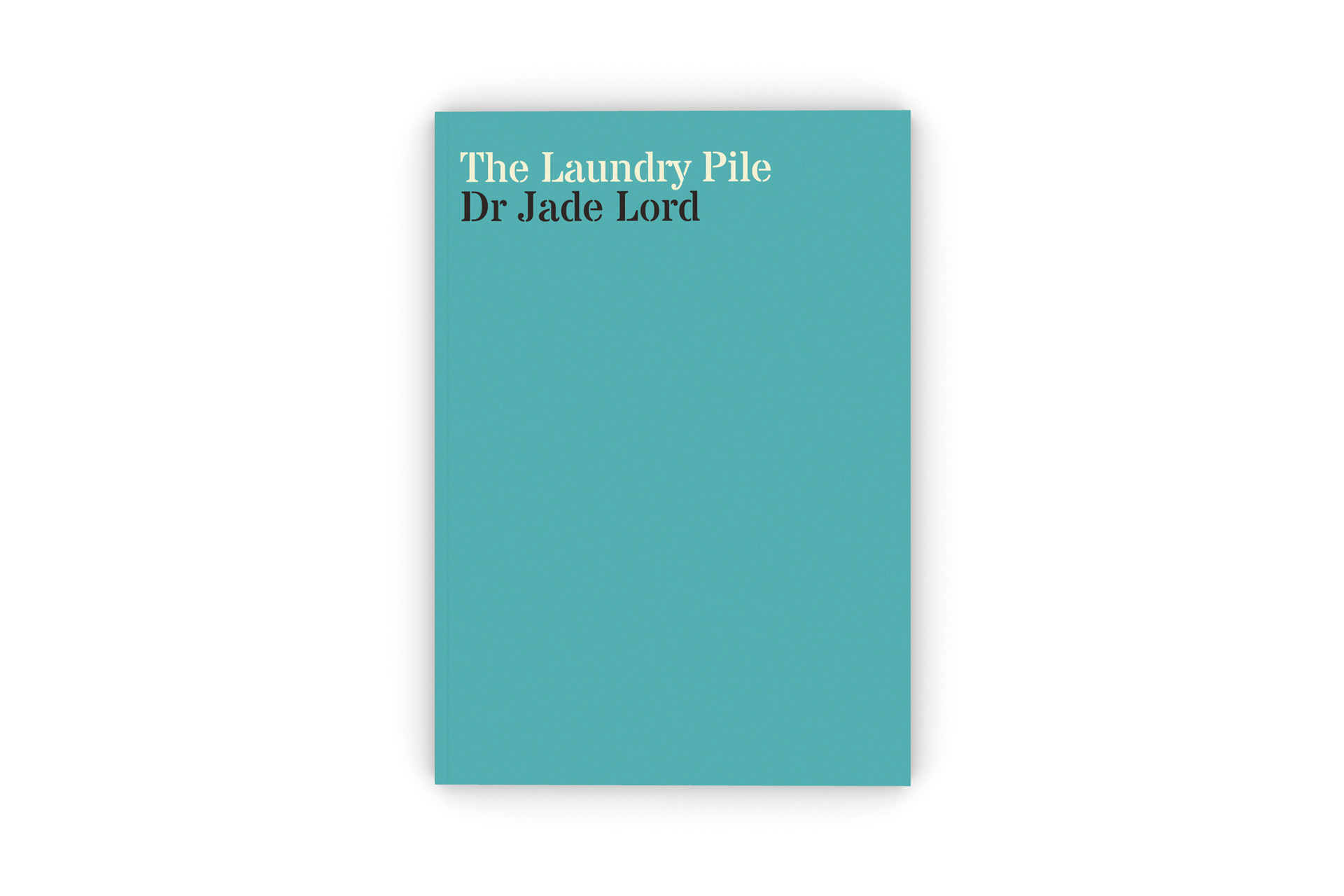
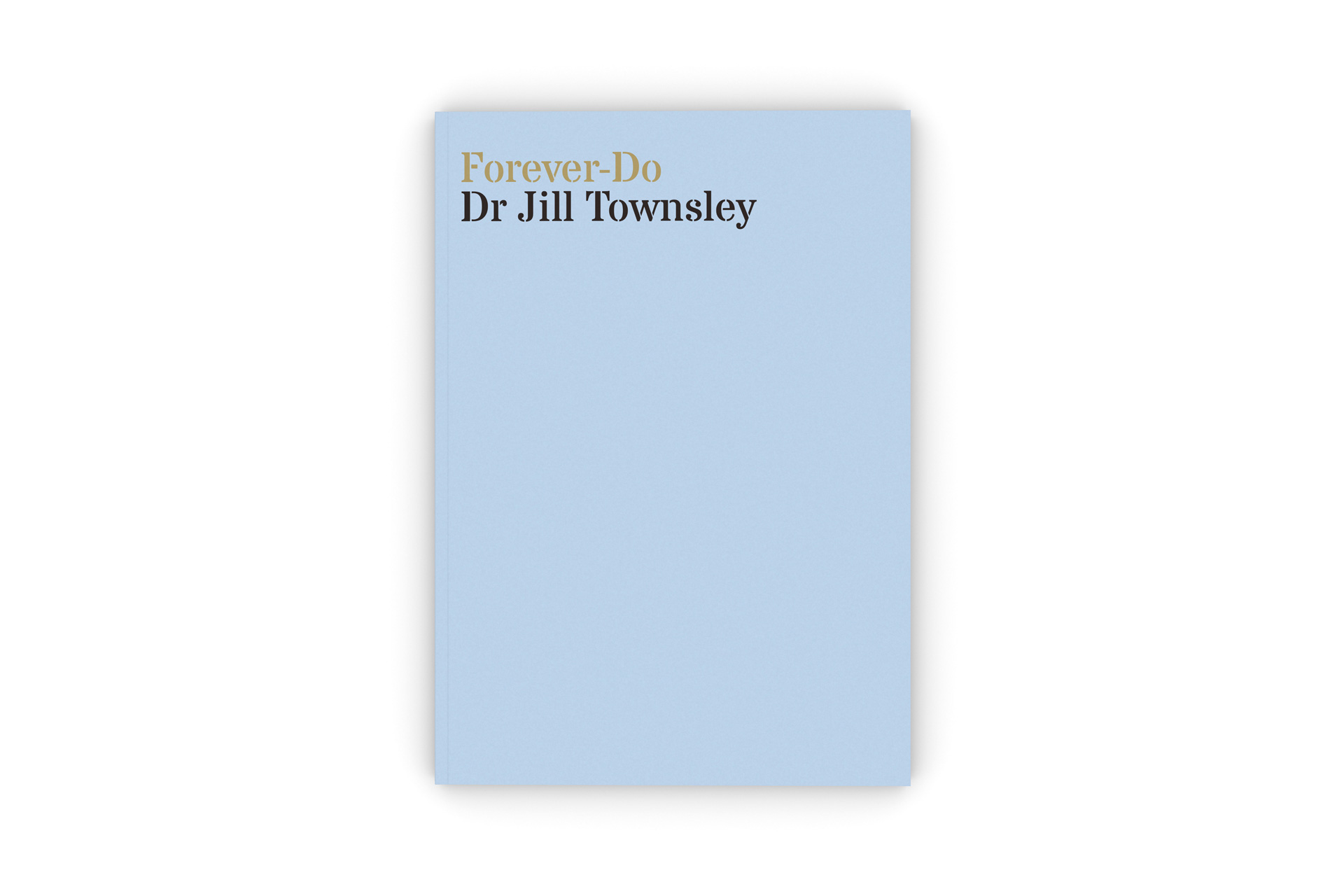
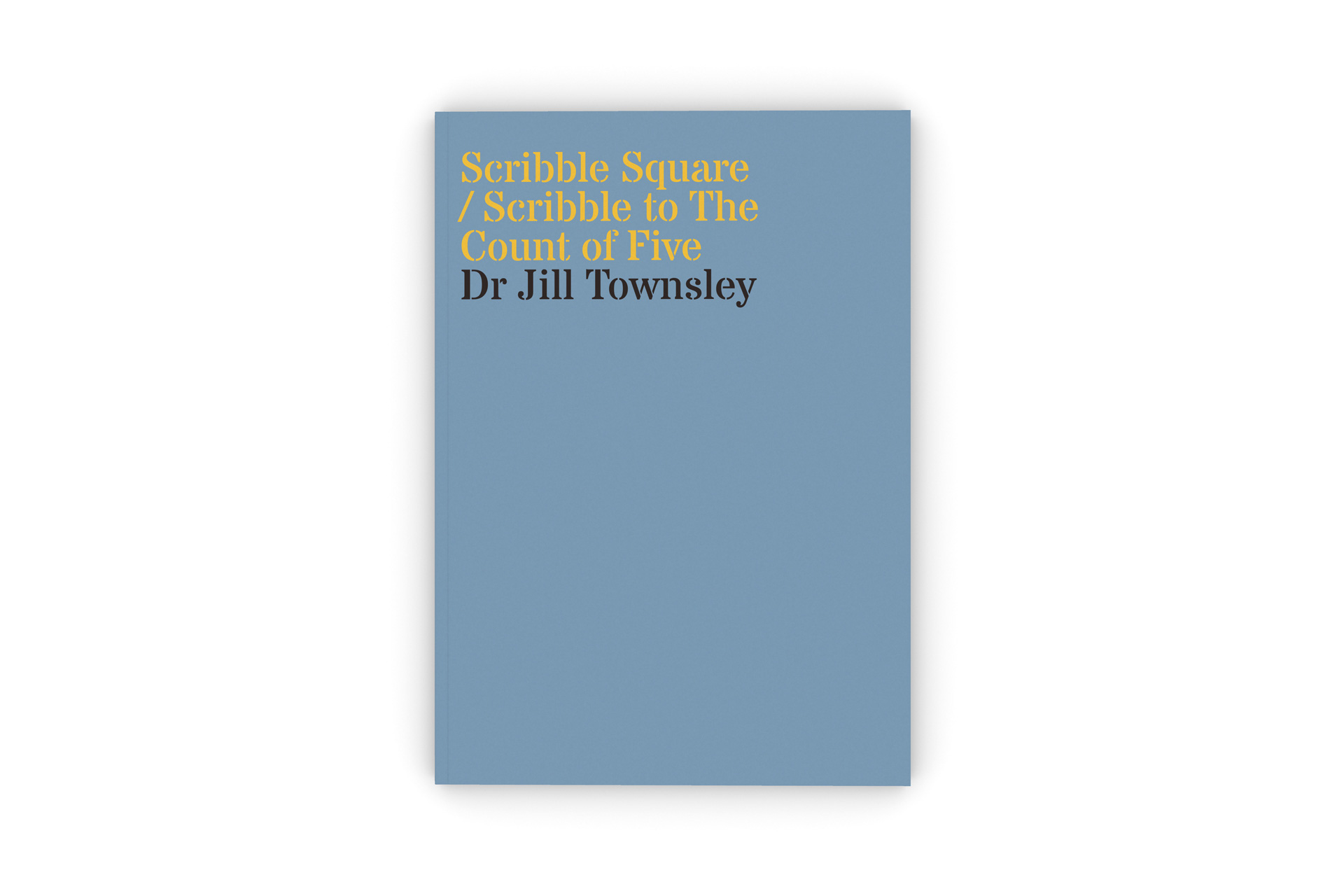
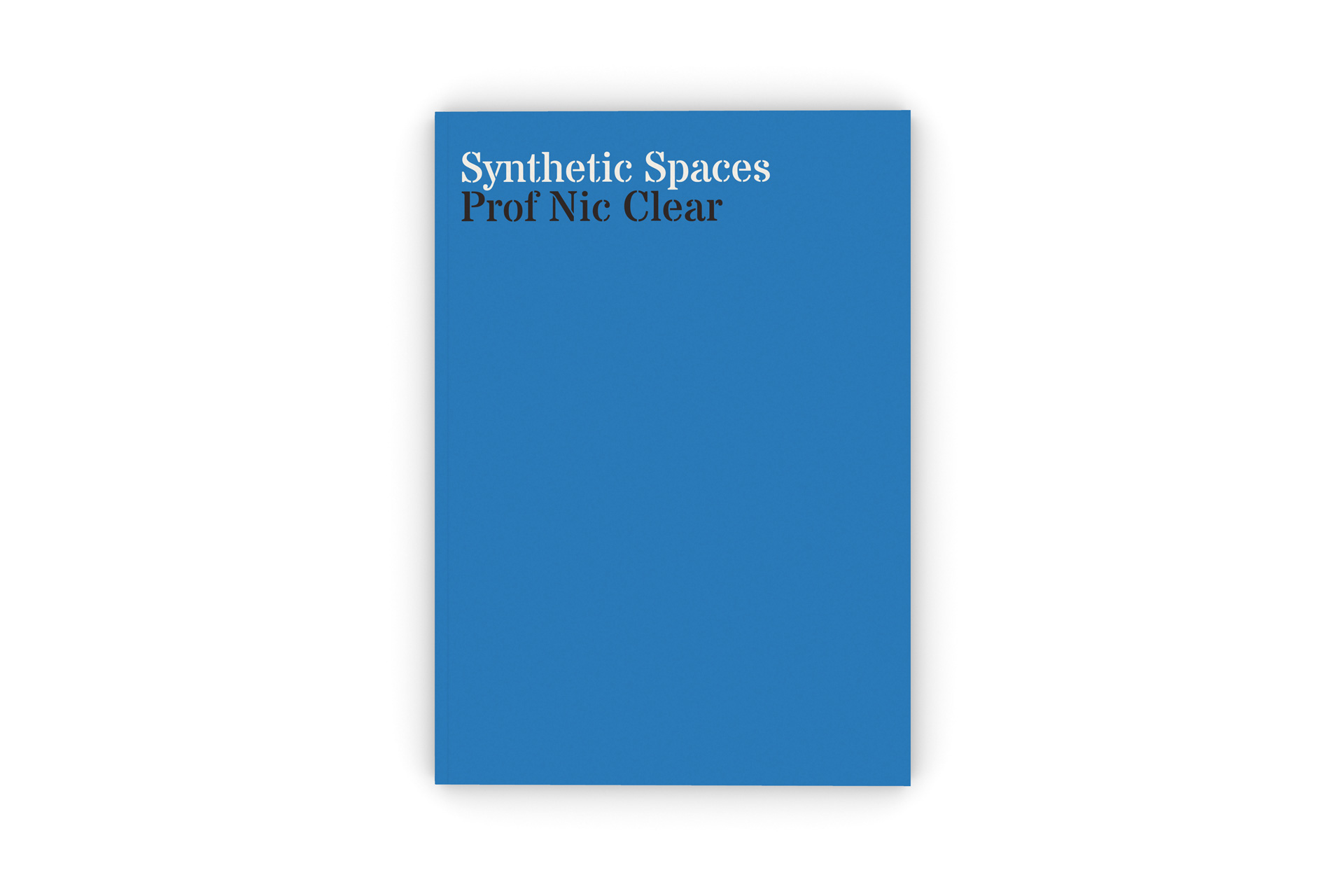
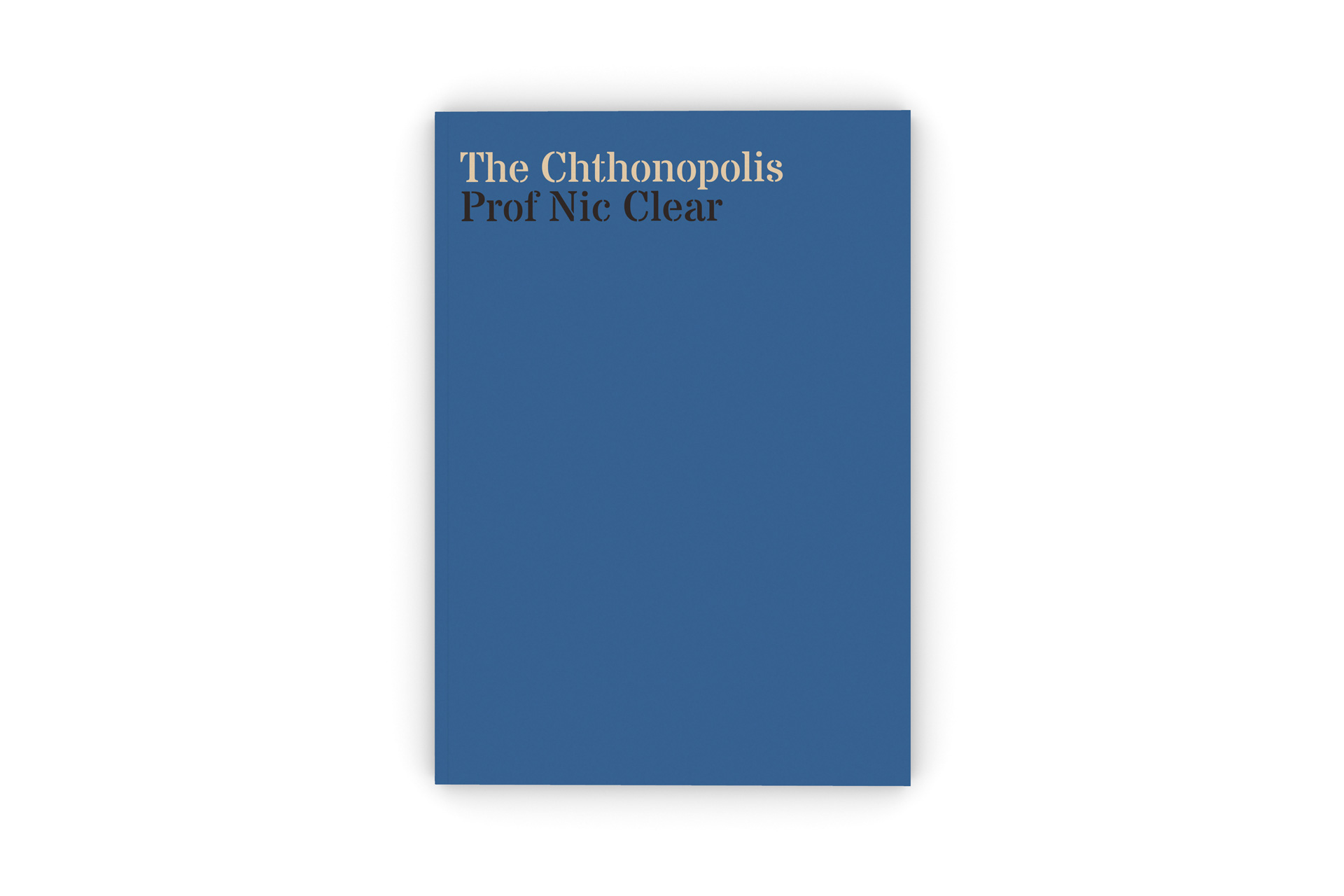
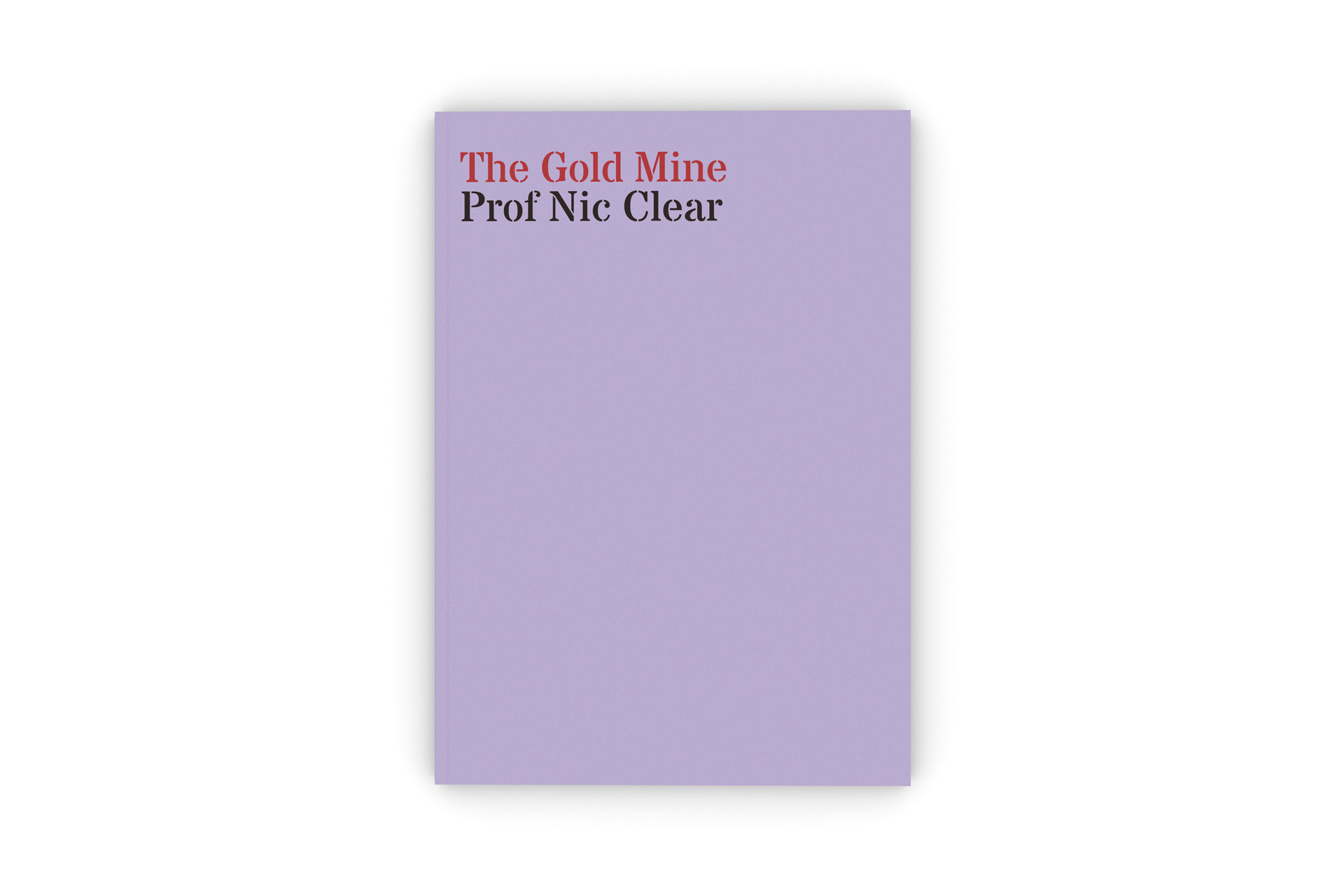

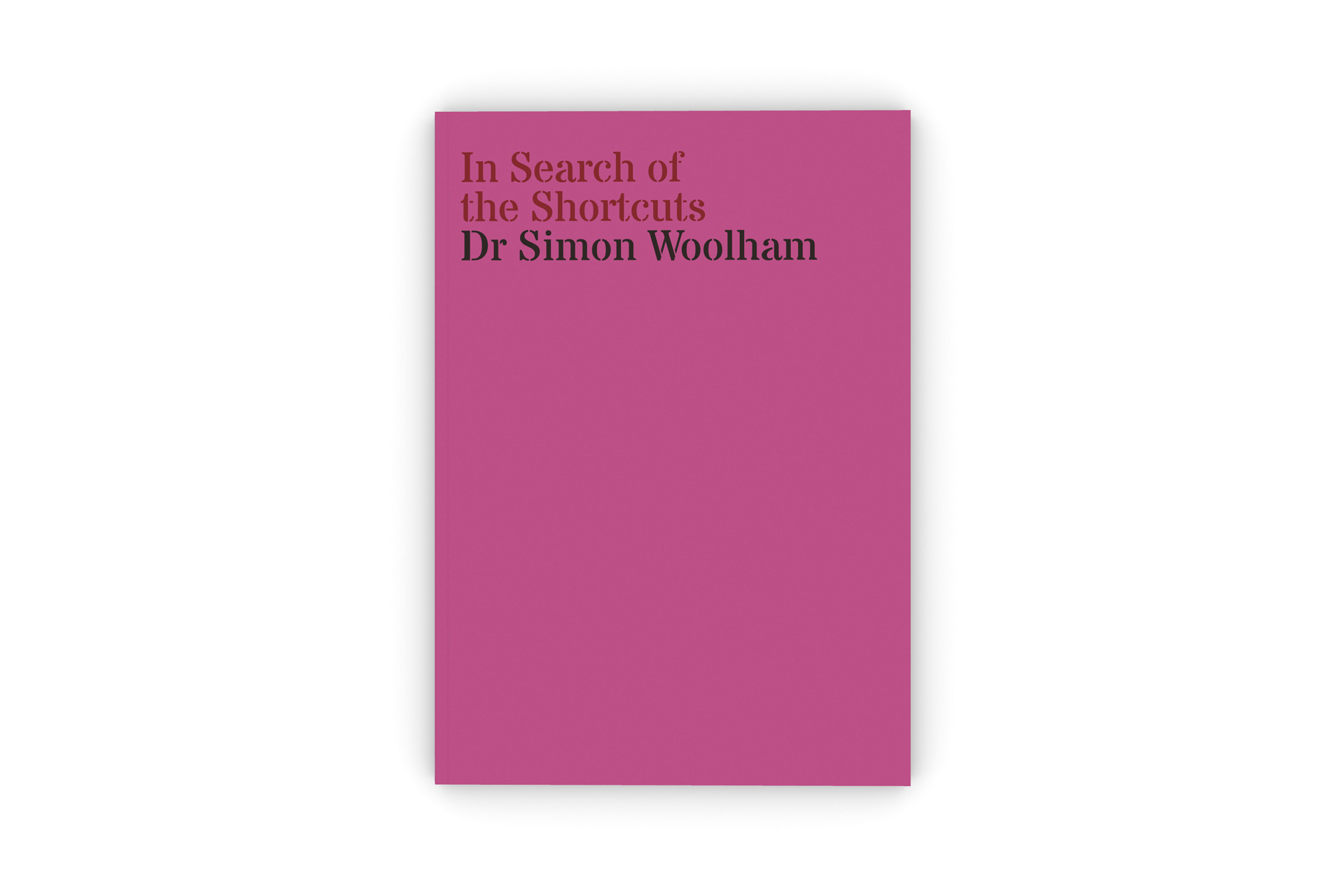
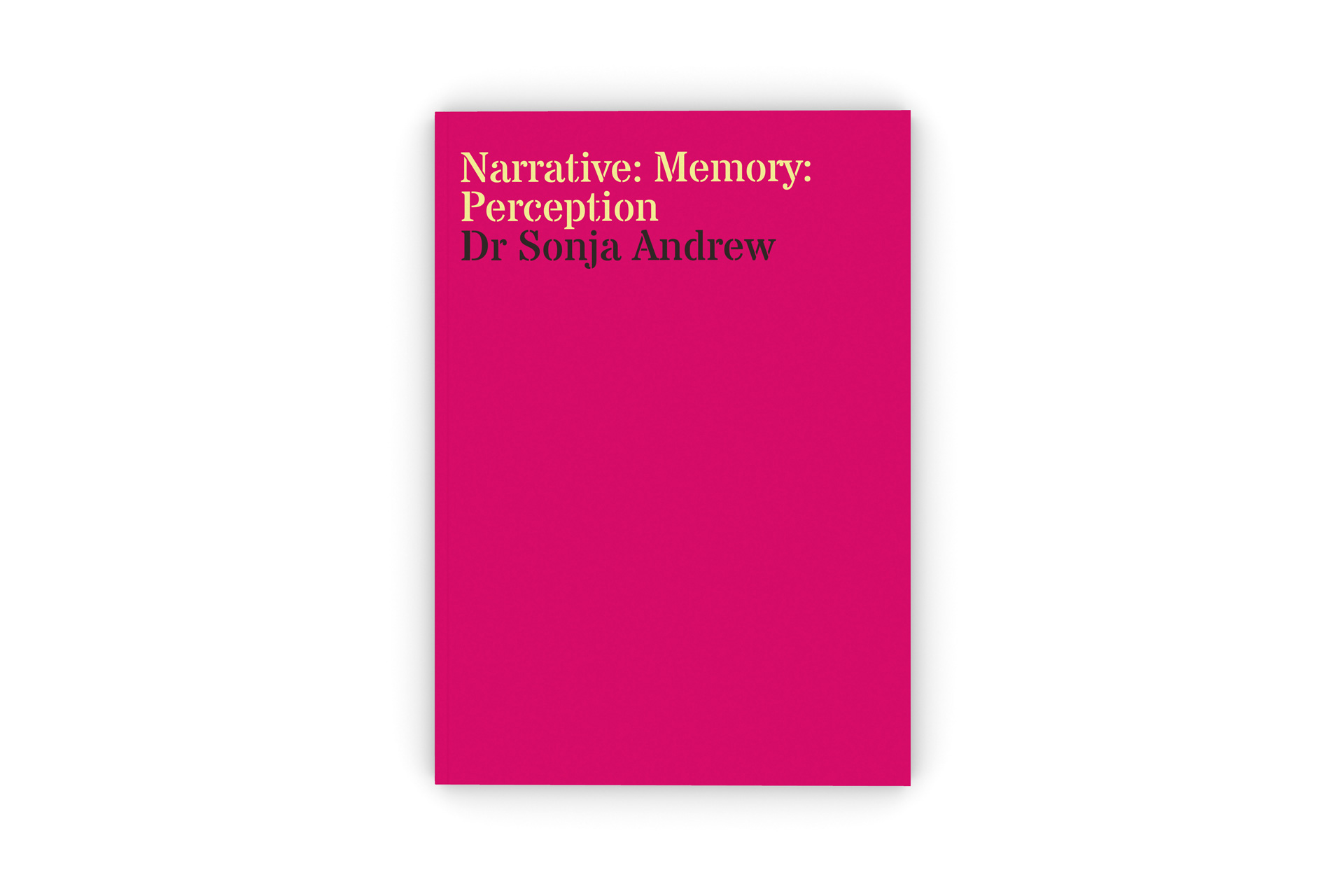
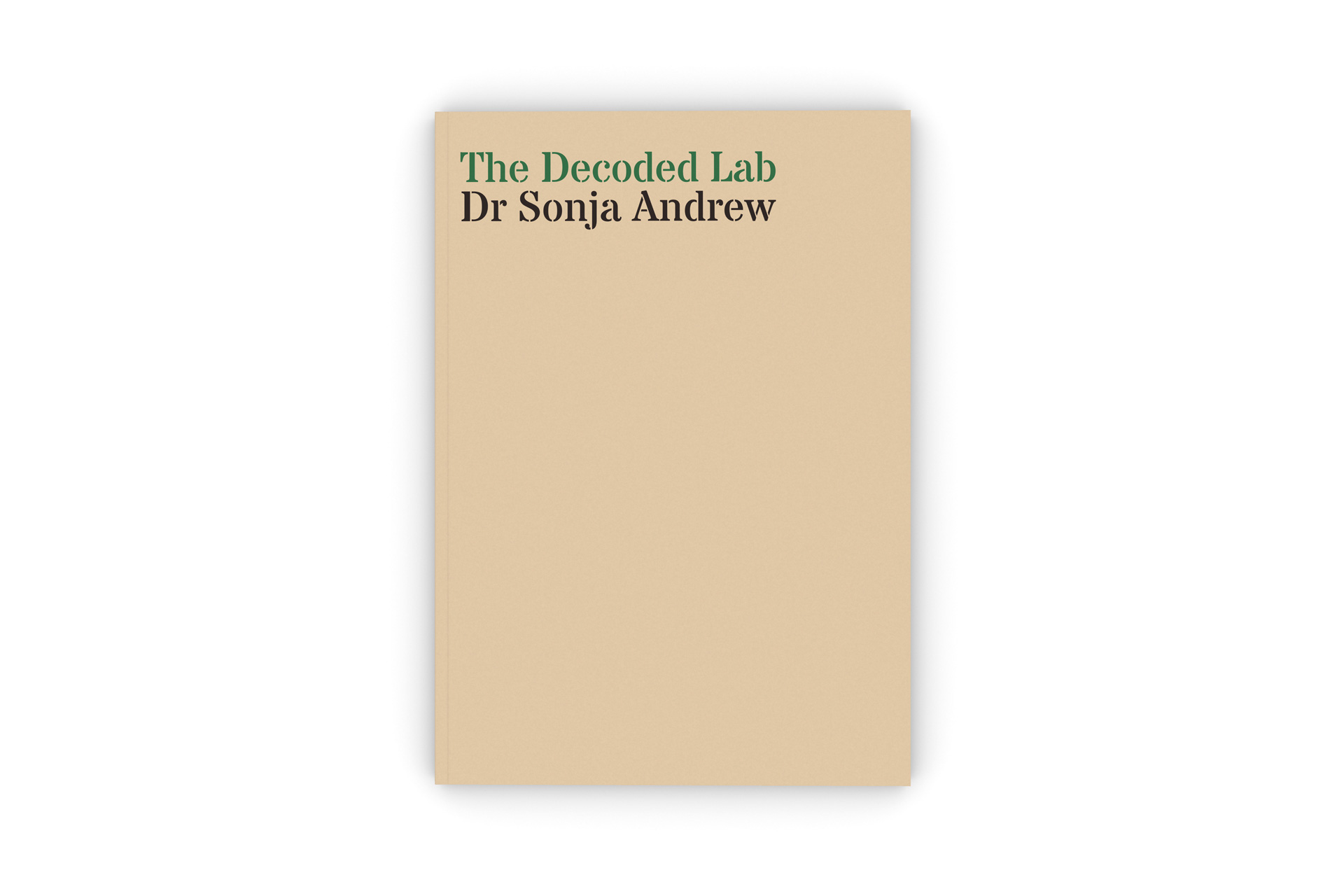
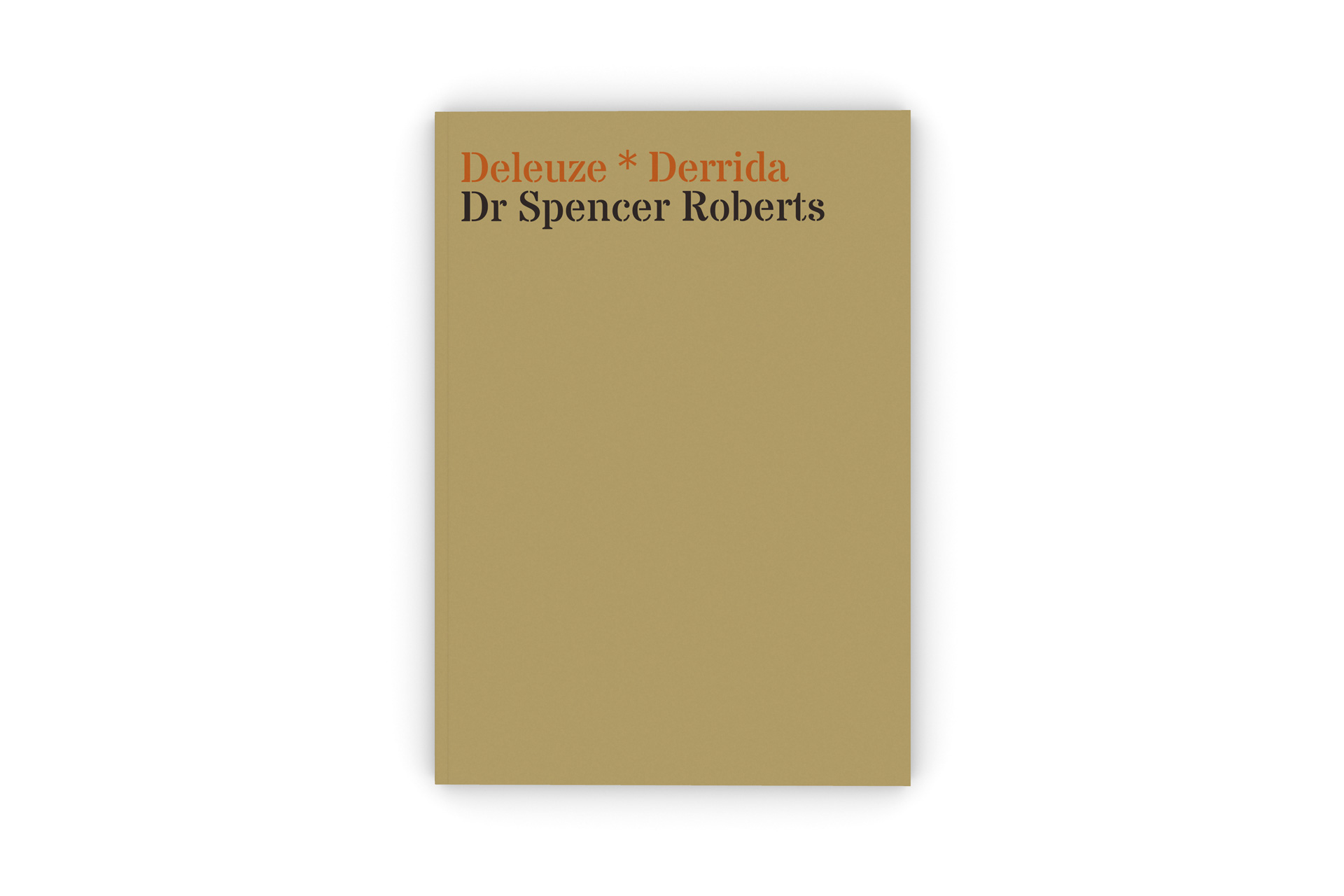
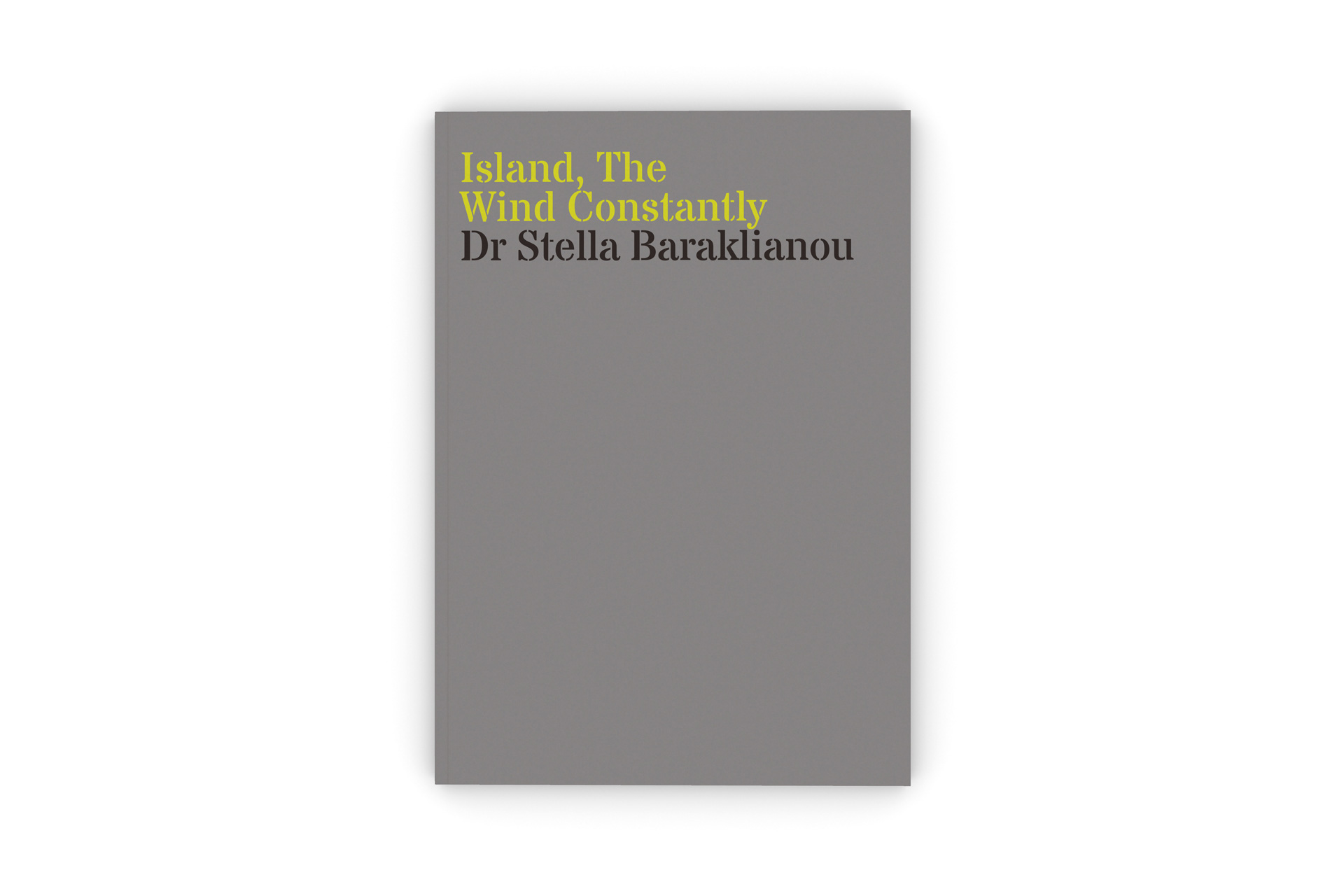
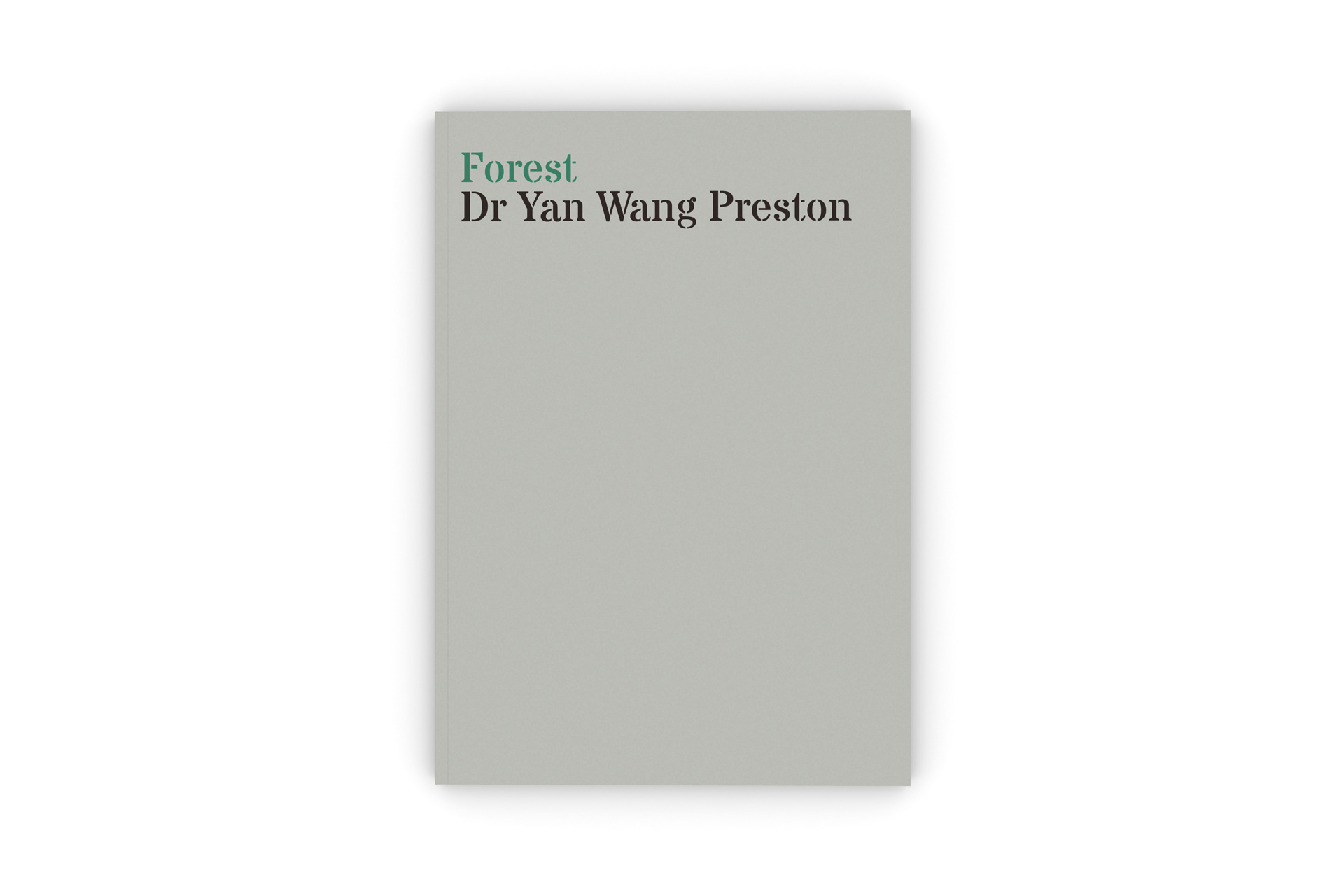
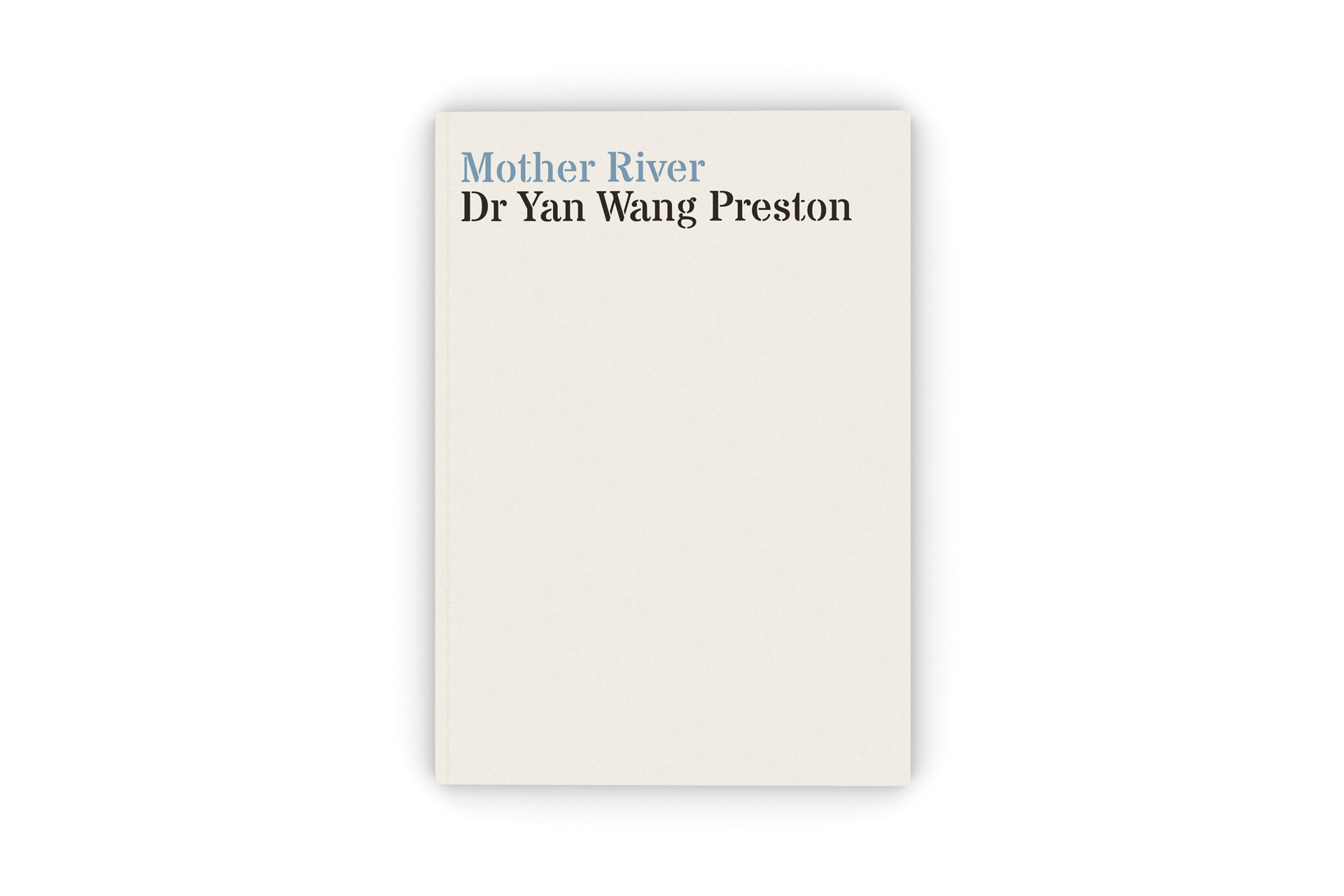
EP
By Professor Alex Coles, Professor of Art, History and Cultural Theory, Department of Art and Communication
The EP book series is part of Coles’ ongoing research into the relationships between creative disciplines. It comprises two books published by Sternberg Press, with a third forthcoming in 2021. This portfolio focusses on the second book in the series, EP. Vol. 2 ‘Design Fiction’, which identifies the current fascination with fiction across art, design, and architecture. Newly commissioned interviews, artist projects, and essays shed light on topics such as parafiction and algorithmic ambiguity. Included in the volume is one of the final interviews to be published with novelist and semiotician Umberto Eco; a conversation with Bruce Sterling, in which the science-fiction author responds to designers who reference his writings; and design theorist Vilém Flusser’s 1966 essay “On Fiction,” in its first English translation.
The Showgirl Manifesto
By Dr Alison Carr, Lecturer in Contemporary Art and Illustration, Depsartment of Art and Communication
The book Viewing Pleasure and Being A Showgirl, How Do I Look? presents the outcomes of a research process including interviews with a breadth of different showgirls in Paris, Las Vegas, Berlin, and Los Angeles and ethnographic viewing experiences. This data interplays in the analysis with Carr’s original artworks and those by other contemporary and historical artists. The questions include asking what the data can offer in relation to the terms ‘sexualisation’ and ‘the gaze’, and how the analyses can produce new understandings of the category of ‘the showgirl.’ The Showgirl Manifesto, the book’s conclusion, was tested through a curated group exhibition at the Market Gallery in Huddersfield in 2018, which also included the series of photographs Ascending A Staircase, 2018.
Freud's House: The Double Mirror
By Dr Anneké Pettican, Subject Group Leader, Department of Art and Communication
Freud’s House: The Double Mirror is a video work created at the Freud Museum, London by collaborative artist trio Brass Art (Lewis, Mojsiewicz, Pettican) developed from their long-held research interest in Freud’s The Uncanny (1919). The artists investigated a temporal uncanny in this site, previously mined by artists, curators and writers, significantly Susan Hiller and Cornelia Parker and addressed by theorists Masschelein, Vidler and Cixous. Combining doubled and revolving imagery with an intimate binaural soundtrack, developed with composer Monty Adkins, Brass Art used digital, performative and sonic repetition to create artworks in which doubling was invested as a means of interrogating the concept of the uncanny.
Browse Dr Anneké Pettican's folio - Freud's House: The Double Mirror
Gestured
By Dr Anneké Pettican, Subject Group Leader, Department of Art and Communication
Gestured (2017) is a collection of experimental art works made by collaborative artist trio Brass Art (Lewis, Mojsiewicz, Pettican) commissioned by Arts & Heritage for Chetham’s Library, Manchester. Gestured represents the first investigation of hand gesture within Chetham’s archive and application of sculptural thinking to John Dee’s hand-drawn manicules. Artefacts and texts were recontextualised, to propose pertinent new narratives, including a reconsideration of the representation of female protagonists and absent female voices in the collection.
Counterfictional Money
By Dr Austin Houldsworth, Lecturer in Product Design, Department of Architecture and 3D Design
The Counterfictional Money research project makes a contribution to scholarship related to design methodologies and to rethinking money and value systems. The five-stage research process comprised: identifying fundamental aspects of social technology (in this case the longstanding economic definition of money); altering the fundamental aspects by switching off one of the three main functions; finding an appropriate social science fiction novel, unpacking the culture into beliefs, social structures and artefacts and determining if it would resonate with the altered monetary function; stepping into this social science fiction world to design the monetary system and artefacts; and finally, developing ideas into functioning prototypes. The main insight of this research is the potential for greater innovation when one of society’s fundamental building blocks (money) is redesigned.
Browse Dr Austin Houldsworth's folio - Counterfictional Money
Blue Plaques of Intangible Experiences
By Dr Claire Barber, Senior Lecturer in Textiles, Department of Fashion and Textiles
This body of research coheres around the socially engaged artefact Blue Plaques of Intangible Experiences, 2019, which was co-created at a community Hall and pay-as-you-feel café in Bradford. The artwork addressed individual perceptions of neighbourliness encountered through an inclusive absorption in collective stitch-based practice in different locations in urban Britain with artwork outputs disseminated on the website: blueplaquesofintangibleexperiences.com.
Browse Dr Claire Barber's folio - Blue Plaques of Intangible Experiences
Mining Textiles
By Dr Claire Barber, Senior Lecturer in Textiles, Department of Fashion and Textiles
Mining Textiles explores the potential of textile-based artistic practice as a method of historical enquiry. The project involved archival research, meticulously examining engineered artefacts, garments, surveyors plans and maps, letters and items of industrial archaeology. Photography was used to gather preliminary data and to produce material that was embedded back into the artefacts themselves, digital images were composed into visual narratives using repeat patterns and digital print processes. The artefacts are a meditation on the narrative potential of textiles to purposefully reinterpret historical events in Britain so that audiences can engage in new ways with the heritage of their locality.
The Train Track and The Basket
By Dr Claire Barber, Senior Lecturer in Textiles, Department of Fashion and Textiles
The site-specific installation, The Train Track and the Basket was commissioned by Hull UK City of Culture 2017 Limited. The installation combined photographs of train tracks and entangling images of baskets into the thirteen, seven-metre-high window spaces encountered in the entrance/exit vestibule of Hull’s Paragon Station, a transport interchange for rail, bus and coaches. The outcome is a site-specific aesthetic experience of history, acknowledging the 2 million people who arrived from mainland Europe by ship into Hull between 1836 and 1914, and an exploration of the way craft skills migrated with passengers. The research reflects a complex artistic reality and layering process involving photographing train tracks in Hull and at other railway stations in the United Kingdom, United States and Europe.
Browse Dr Claire Barber's folio - The Train Track and The Basket
You Are The Journey (an embroidered intervention)
By Dr Claire Barber, Senior Lecturer in Textiles, Department of Fashion and Textiles
You Are The Journey (an embroidered intervention) is an installation that began with a collaborative interactive public artwork placed on the front of the Hythe Ferry ten-journey ticket in 2006. A space was used on the tickets with an instruction that read: “Please use this space to write your thoughts about this crossing…” Subsequent tickets printed the responses where the tickets would be punched on each journey. Responses included “Each journey is a 12 minute piece of freedom.” The tickets became an ephemeral and reproducing social portrait of the community and an outcome of live action practice-based research. Later iterations of the research considered how the conceptual structure of ticket production can be likened to the punch hole cards in a Jacquard loom.
Browse Dr Claire Barber's folio - You Are The Journey (an embroidered intervention)
Material Conjectures presents Abandoned Temporary Crisis Facility
By Dr Dale Holmes, Senior Lecturer in Contemporary Art and Illustration, Department of Art and Communication
Material Conjectures is a collaborative exhibition making practice and research project by artist Dale Holmes and curator Kirsten Cooke. It explores the relationship between contemporary neoliberal politics and realist philosophical discourse through practical investigations into materiality and site to critically address exhibition making in contemporary art through site specificity, audience orientation/ experience/ participation, to address questions of liberal freedoms of interpretation and the mutability of artworks. The material investigation took as its point of departure the proliferation of temporary materials – polythenes, bitumen, tarpaulins, plastic barrier sheeting, Mylar and other sheet materials – found in the temporary architectures in crisis situations from the Ebola Clinics of Sierra Leone to the Calais Jungle. The staging of this materiality within the contexts of gallery spaces critically questioned the value of contemporary art for investigating structural inequalities.
Browse Dr Dale Holme's folio - Material Conjectures presents Abandoned Temporary Crisis Facility
The New Aspidistra (3,715 Minutes/1,488.94 Kilometres/39,680 Calories)
By Dr Dale Holmes, Senior Lecturer in Contemporary Art and Illustration, Department of Art and Communication
This project explores the work and life of the art theorist, critic and political radical, Carl Einstein (1885 – 1940) through artistic research. Einstein is a conspicuous figure in the cultural and political developments of the early twentieth century. The aims of this project were to investigate Carl Einstein’s work through contemporary art production and to explore his biography in relation to the political and cultural conditions of our lived experience of neoliberalism. The objectives were to make contemporary art that investigated Einstein’s notions of Simultaneity and the Hallucinatory, Totality and the S/O (sub/objective) Function. This was achieved through developing a range of artistic research methods. In particular, long distance cycling as a durational performance art, collaborating with specialist fabricators to create artefacts that expand painting practice, and working with artists, writers and critics on an anthology of writing that coproduces auto-fictions and alternative histories.
Mutation Ecstasy: Memory and Identity
By Professor Donal Fitzpatrick, former Head of Art and Communication
The research project Mutation Ecstasy: Memory and Identity investigated, through a multi-media art practice, the presence of the material world as image in memory. The work sought to create visual equivalents for the complexity of the processes in memory. These included blocking access to an image, displacing an image with another image, substituting other recollections and seemingly unrelated images and sensations for the image actively recalled. The principle outcomes of this research were four solo exhibitions staged between 2016 and 2019 at venues in Poland and China.
Browse Prof Donal Fitzpatrick's folio - Mutation Ecstasy: Memory and Identity
Application of VR and AR Tools for Technical Drawing Education
By Dr Ertu Unver, Principle Enterprise Fellow, Department of Architecture and 3D Design
There are concerns from Higher Education institutions and industry about the decline in standards of Technical Drawings due to the lack of understanding of basic principles and conventions that underpin the best practices. This has industry-based implications including increased scrap rates resulting from employee errors due, in-part, to limited practical application during training. This research project, a collaboration funded though Erasmus+ and coordinated by Bursa Uludağ University, Turkey is a response to this lowering of standards. The project brought together international design, engineering and software expertise and ultimately resulted in the development of innovative open-access training focused AR and VR applications.
Browse Dr Ertu Unver's folio - Application of VR and AR Tools for Technical Drawing Education
Paxman Scalp Cooling Cap for prevention of Chemotherapy-Induced-Alopecia
By Dr Ertu Unver, Principal Enterprise Fellow, Department of Architecture and 3D Design
Hair-loss is one of the most traumatic chemotherapeutic side-effects, affecting annually 65,000 UK patients, and 3.12 million worldwide. Scalp-cooling reduces/prevents chemotherapy-induced hair-loss in cancer patients. The concept of scalp-cooling has been recognised for >40 years, but has presented significant challenges for manufacture. This research is an ongoing collaboration with Paxman Coolers Ltd, which commenced in 2012 and has ultimately generated an award-winning, patented medical scalp-cooling cap. Dr E Unver led the design and development of the scalp-cooling cap, and revolutionised the cap manufacturing method using rapid tooling. The cap is commercially successful in 54 countries, achieving international regulatory approvals, including FDA (USA) and Shonin (Japan).
Read more about the Paxman Cooling Cap project on our research blog
Everything Was Beautiful and Nothing Hurt
By Dr Gareth Hudson, Lecturer, Department of Art and Communication
This research project interrogates the communicability of ‘sublime’ feeling and how it both effects and is affected by our sense of time and space. The sublime is fundamentally experiential and aims to describe our encounters with the formless, the infinite, the limitless and the unpresentable. This practice research seeks to conjoin contemporary thinking with the historical treatise (Longinus, Burke, Kant) and proffers that if there is something incommunicable and unknowable within sublime feeling that traditional research alone cannot adequately elucidate then artistic production, and the examination of its acts, may be better placed to give shape and value to the phenomenon. Through praxis, fieldwork, acts of practice and production of the artworks (Work I, Work II, Work III) the research sought to develop a deeper understanding of sublime experience and its communicability through affect theory, ritual space dynamics and installation techniques.
Browse Dr Gareth Hudson's folio - Everything Was Beautiful and Nothing Hurt
The Laundry Pile
By Dr Jade Lord, Senior Lecturer in Knit, Department of Fashion and Textiles
The Laundry Pile was a collaborative project, the researchers took an equal role in identifying practitioners and researchers in different disciplines engaging with the environmental and cultural role of laundry practice, critically contextualising these works and sharing the insights. Despite academic recognition that laundry practices are environmentally damaging, public engagement with issues associated with laundry practice is limited. As a collective activity, laundry annually uses up massive quantities of finite resources such as energy and water, and in the process contributes towards greenhouse gas emissions, global warming and climate change. The series of exhibitions titled The Laundry Pile focused on making these critical issues visible and accessible to the public.
FOREVER-DO
By Dr Jill Townsley, Course Leader, Department of Art and Communication
FOREVER-DO is a multi-faceted artwork comprised of two installations, an interactive sculptural game and large site-specific sculpture, with a short video documentary. The project was funded by the European Commission through the SciArt initiative at the Joint Research Centre (JRC) Italy. The SciArt project integrates art on an equal footing alongside EU scientists and policymakers. The contribution to knowledge produced by this research is a demonstration of the ways in which art and science can collaborate to create a ‘transient and discursive place’, encouraging public discourse around possible futures for living alongside big data operations.
Scribble Square/Scribble to The Count of Five
By Dr Jill Townsley, Course Leader, Department of Art and Communication
The art practice-based research project Scribble Square was developed as a contribution to the exhibition Carbon Meets Silicon, curated by Dr Susan Liggett and Professor Rae Earnshaw at Oriel Sycharth Gallery, Wrexham, in conjunction with the 6th International Conference on Internet Technologies and Applications. The conference drew together researchers and developers from academia and industry across all fields of Internet computing, engineering and art and design. Scribble Square and Scribble To The Count Of Five are artworks that employ mathematically-based systems in the production of rule-based drawings, and explore extreme repetition in a drawing process involving hand-produced wall-based works and digital-media installation. Scribble Square is a system-based artwork consisting of an installation of five drawings, and the five-channel video installation, Scribble To The Count Of Five uses time-lapse recording to animate the drawing process.
Browse Dr Jill Townsley's folio - Scribble Square/Scribble to the Count of Five
Synthetic Spaces
By Professor Nic Clear, Dean of the School of Art, Design and Architecture
The Synthetic Spaces project used 3D laser scanning to create evocative composite digital images and computer animations of three sites in Huddersfield. The use of scanning technology was not to simply document the sites, as is usual, but to create complex narrative ‘portraits’ of their spatial, tectonic and experiential qualities using this innovative methodology. The animations were produced alongside a specially designed audio track to create an immersive ‘cognitive map’ of the town itself. The original exhibition used the animations to create an immersive installation projected onto three walls in the Market Gallery, Queensgate Market, Huddersfield, but subsequent exhibitions have shown the animations next to one another as a video triptych. The initial work created for the exhibition in the Market Gallery has subsequently been shown in New Zealand and in two separate exhibitions in China. The insights from the Synthetic Spaces research have been the subject of five public presentations and featured as a case study in a book chapter identifying the role of exhibitions in developing research practice.
The Chthonopolis
By Professor Nic Clear, Dean of the School of Art, Design and Architecture
The Chthonopolis research project attempted to address issues surrounding the future use of resources through the implementation of Nano-Bio-Info-Cogno technologies, inverting the traditional hierarchical relationships of vertical space and imagining a utopian city based upon ludic principles. It was an innovative architectural project for a subterranean post-singularity city located in the Thames Estuary, commissioned for an exhibition at ‘The Factory’ as part of the London Festival of Architecture 2017.
The Gold Mine
By Professor Nic Clear, Dean of the School of Art, Design and Architecture
The Gold Mine research tests the application of speculative ideas taken from literary science fiction combined with concepts currently being developed in the Nano-Bio-Info-Cogno technologies and framed within the context of a formal architectural project. The research project asked ‘what-if’ questions about the nature of our cities and re-ignited debates around the concept of Utopia, proposing a radically different model of human organisation at a time when neo-liberal ideologies dominate our thinking on the city. The Gold Mine uses 3D digital design and manufacturing techniques to draw upon Constant Nieuwenhuis’ speculative architectural project New Babylon (1955 – 1971) and the science-fiction utopia of The Culture novels (1987 – 2012) by Iain M Banks. Moreover, the research is an explicit attempt to realise, as a design project, the theoretical ambitions of Professor Clear’s contribution to the Oxford Handbook of Science Fiction (2014) which argued that many speculative utopian architectural projects should be considered ‘as’ works of science fiction in their own right.
The Last Art-of-Peace Biennale
By Dr Roderick Hunter, Director of Teaching and Learning, School of Art, Design and Architecture
The Last Art-of-Peace Biennale was an exhibition held to celebrate the 30th anniversary of Zugehend auf eine Biennale des Friedens (or Towards an Art-of-Peace Biennale) organised by René Block at the Kunstverein, Hamburg, Germany, in 1985. This live action curatorial research aimed to reflect on the enduring relevance of the themes of peace and harmony in 2015 and to understand the relationship between Robert Filliou’s concept of the ‘Art-of-Peace’ and René Block’s curatorial approach. The project contributes to both exhibition history scholarship and curatorial practice research. There were sixteen works by eight artists in the show. The broader achievement of the research was its dissemination of knowledge of the 1985 Hamburg show and Fillou’s work and practice through a high-profile London exhibition which remains accessible through the gallery’s online catalogue of exhibitions.
Browse Dr Roderick Hunter's folio - The Last Art-of-Peace Biennale
In Search of Shortcuts
By Dr Simon Woolham, Lecturer in Contemporary Art and Illustration, Department of Art and Communication
This body of research contributes to current debates on the importance of drawing, its entanglements with sites of history and its role in the creation of narrative. The research process was informed by Freud’s texts Remembering, Repeating and Working Through (1914) and Screen Memories (1899), considering specific forms of childhood memories and how fragments of them return later in life. The main finding of the research was that drawing practice can be a connective node between place, body, memory and time. The enquiry utilised a drawing and walking methodology and its outputs were presented via a bespoke project online space, six curated exhibitions and a book chapter.
Narrative: Memory: Perception
By Dr Sonja Andrew, Academic Lead Masters Programmes, Department of Fashion and Textiles and Senior Lecturer in Printed Textiles
With reference to textiles, this research project titled Narrative: Memory: Perception explores viewer perception and cultural memory, considering readings of content, cloth and context, and how dominant cultural codes impact on audience interpretation. The outputs contribute to an ongoing semiotic-based visual research practice that positions textiles within a communication paradigm (Andrew, 2008, 2013, 2014, 2018). They build on investigations involving two earlier textile works, The Ties That Bind (I) and (II), designed to test viewer interpretations of a WW1 conscientious objection narrative via a range of exhibitions.
Browse Dr Sonja Andrew's folio - Narrative: Memory: Perception
The Decoded Lab
By Dr Sonja Andrew, Academic Lead Masters Programmes, Department of Fashion and Textiles and Senior Lecturer in Printed Textiles
This portfolio titled The Decoded Lab presents outputs from two research projects that explore the visual representation and interpretation of historical and contemporary science. The projects contribute towards Andrew’s ongoing research examination of ‘Textile Semantics’ exploring the multi-modality of content, cloth and context as channels for the production and exchange of meaning between practitioner and audience. Working with University of Leeds biophysicists, and scientists from the Cancer Research UK Institute, Manchester; concepts and outcomes from their scientific discoveries, and the precursors to this, were explored via textile practice.
Deleuze * Derrida
By Dr Spencer Roberts, Senior Lecturer, Department of Art and Communication
For the 2017 Deleuze and Artistic Research conference Roberts instantiated a machinic-writing-event, which attempted to address the tensile relationship between Deleuze and Derrida’s philosophical positions. This artefact demonstrated a novel attempt to reconcile their philosophies in the context of artistic research. It drew Deleuzian and Derridean ideas closer together through the employment of an aesthetico-propositional strategy, revealing the processual dimension of academic writing as a creative, relational practice, and foregrounded the corporeal, affective and contingent dimensions of textual production. Over the course of the event, a pair of writing machines mined the multiple drafts of the paper. Through a process of writing and over-writing, the machines explored the text’s development in a non-linear fashion, ultimately producing a series of palimpsests which revealed the emergence and development of ideas, along with deletions, redactions and changes of mind.
Island, The Wind Constantly
By Dr Stella Baraklianou, Senior Lecturer, Department of Art and Communication
This research project established a space that would create a sense of, and investigate, utopia, travel and escapism, bridging older representations of these themes alongside modern and contemporary ones. In addition it explored experimental digital printing techniques on polyester film (Mylar) in the production of photographic and sculptural items. The connection with the material’s relationship to ‘utopia’ was evidenced through the references to Thomas More’s original publication and the woodcut illustration of the map of “Utopia.” The idea of the “wind” as natural element was part of the transformation of the material, referencing the conceptual as well as literal integration of material into various forms. The outcomes of the research were a body of artworks and the exhibition Island, The Wind Constantly at the venue Set the Controls for the Heart of the Sun, Leeds, UK.
Browse Dr Stella Baraklianou's folio - Island, The Wind Constantly
Forest
By Dr Yan Wang Preston, Senior Lecturer, Department of Art and Communication
Forest is a sustained, durational photographic investigation into nature restoration projects in Chinese cities. Facing the crisis of climate change and rapid contemporary urbanisation the physicality and meaning of nature in cities have been studied by environmental scientists, cultural geographers, architects and artists. In photography, particularly landscape photography, much work has been created to provide evidence of and raise awareness of the environmental damage caused by urbanisation. However, the complexity of nature restoration in the urban context has not received sufficient investigation. Such movements are relatively new and often taken-for-granted for their seemingly all-positive effect. Through walking, observing and questioning, Preston focused her gaze on transplanted old trees before expanding her vision to the prescribed environment and finally, the city itself. The extended time span provided a foundation for repeat photography of specific sites, which became significant case studies of the cities’ development from a totally designed, political landscape to an adapted homeland. The primary output of this research is a monograph titled Forest, published by Hatje Cantz.
Mother River
By Dr Yan Wang Preston, Senior Lecturer, Department of Art and Communication
The Yangtze River, which stands as a synonym for ‘China’, has been extensively photographed since 1842. However, most existing images portray the river in binary visions: as China’s idealised national icon, The Mother River, and as an environmental victim of China’s current ideology of rapid modernisation. The nature of Yangtze’s iconic status has not been systematically interrogated. This research aimed to provide a much-needed and more comprehensive visual understanding of China’s development and its national landscapes along the Yangtze. In doing so, it developed an innovative ‘deep-mapping’ methodology, with multi-sensorial emplacement to collect information beyond the reach of conventional photographic research methods. The research generated two new critical insights: 1) that the Yangtze as the Mother River of China is mythic, constructed by state-controlled media since 1949, with photographic idealizations of certain river landscapes; 2) that the impact of China’s modernization is multi-layered and complex and cannot be judged as simply being positive or negative. In addition to the monograph, Mother River, published by Hatje Cantz, the project has been shown as eight large-scale solo exhibitions and featured in nine group exhibitions in seven countries.